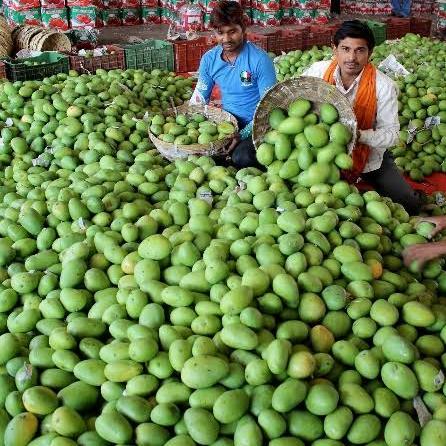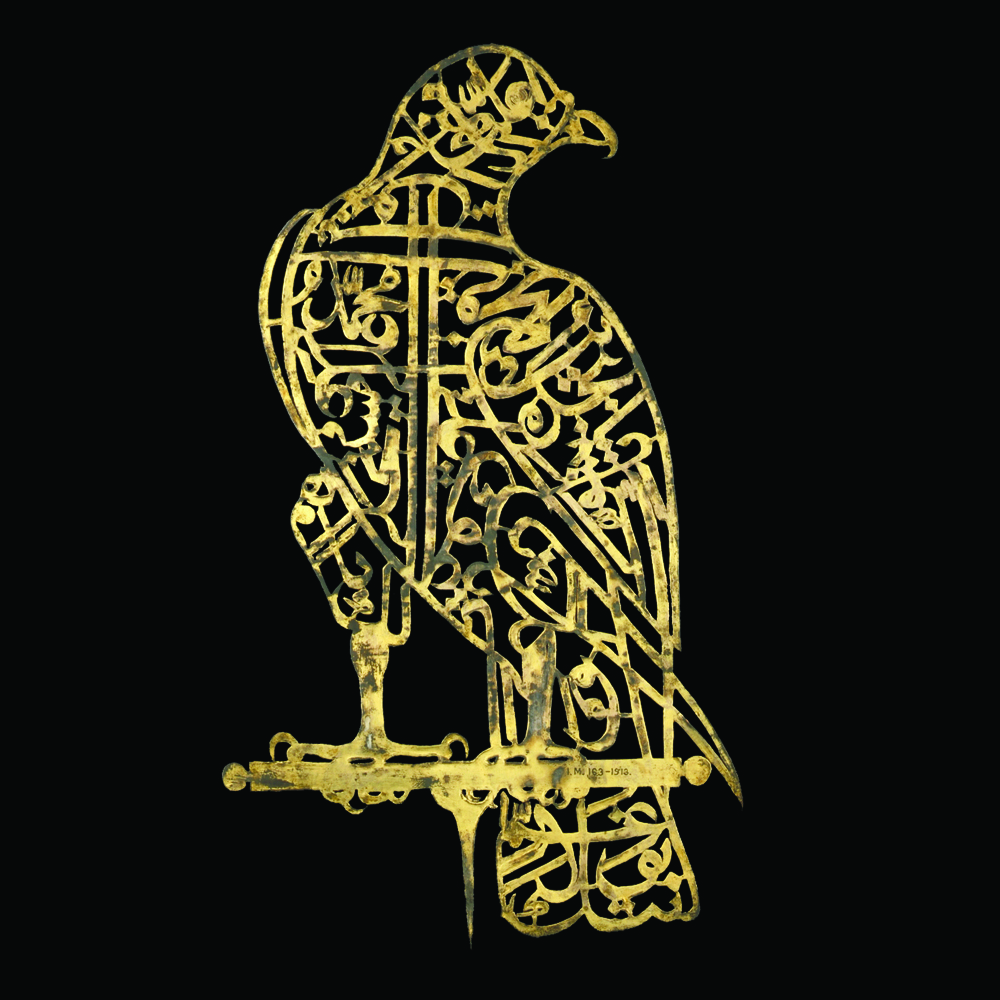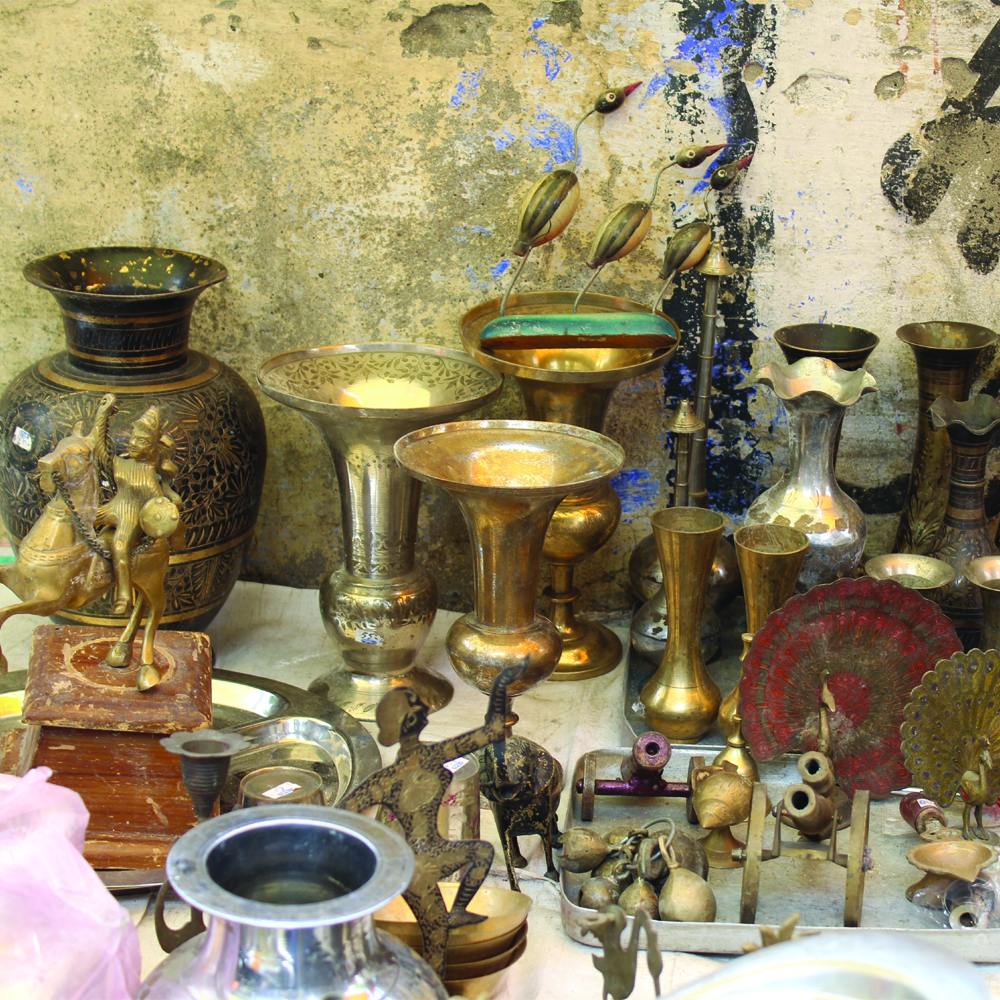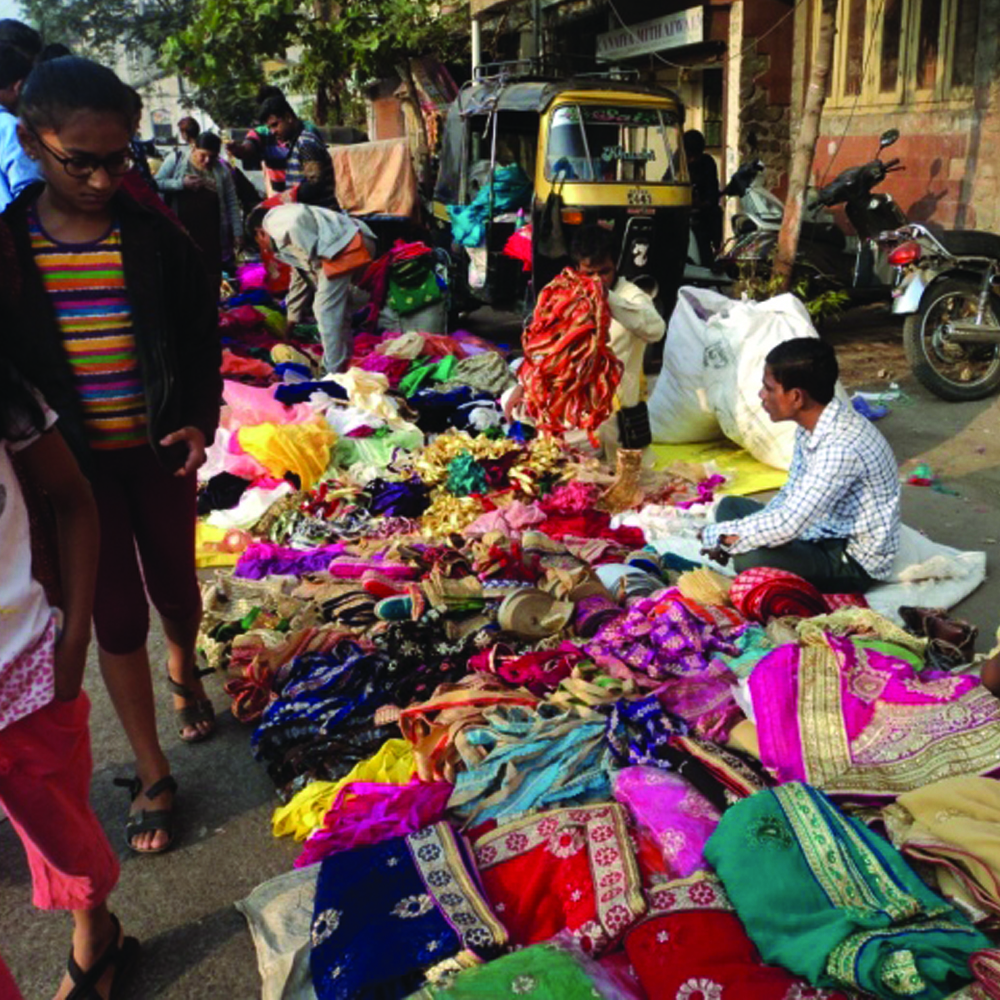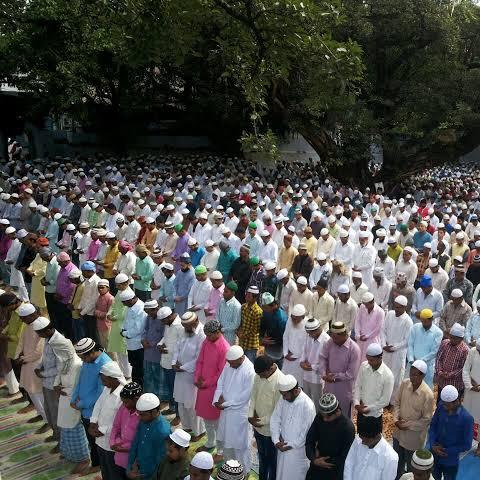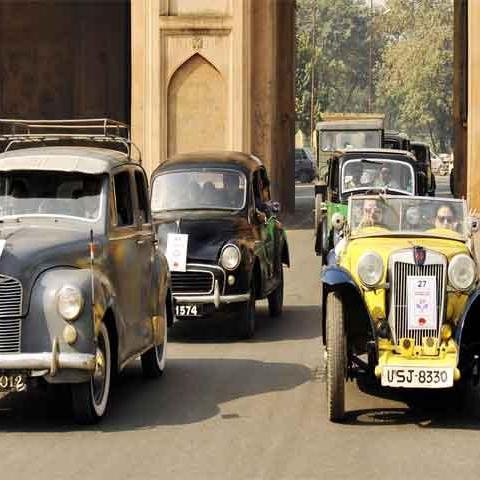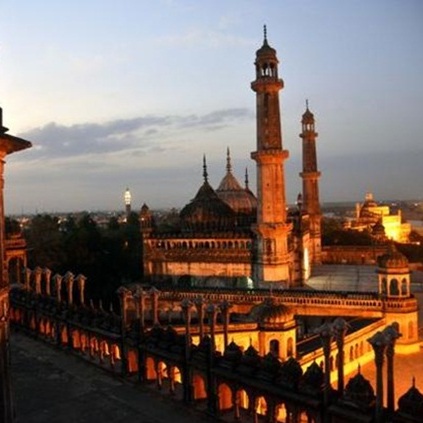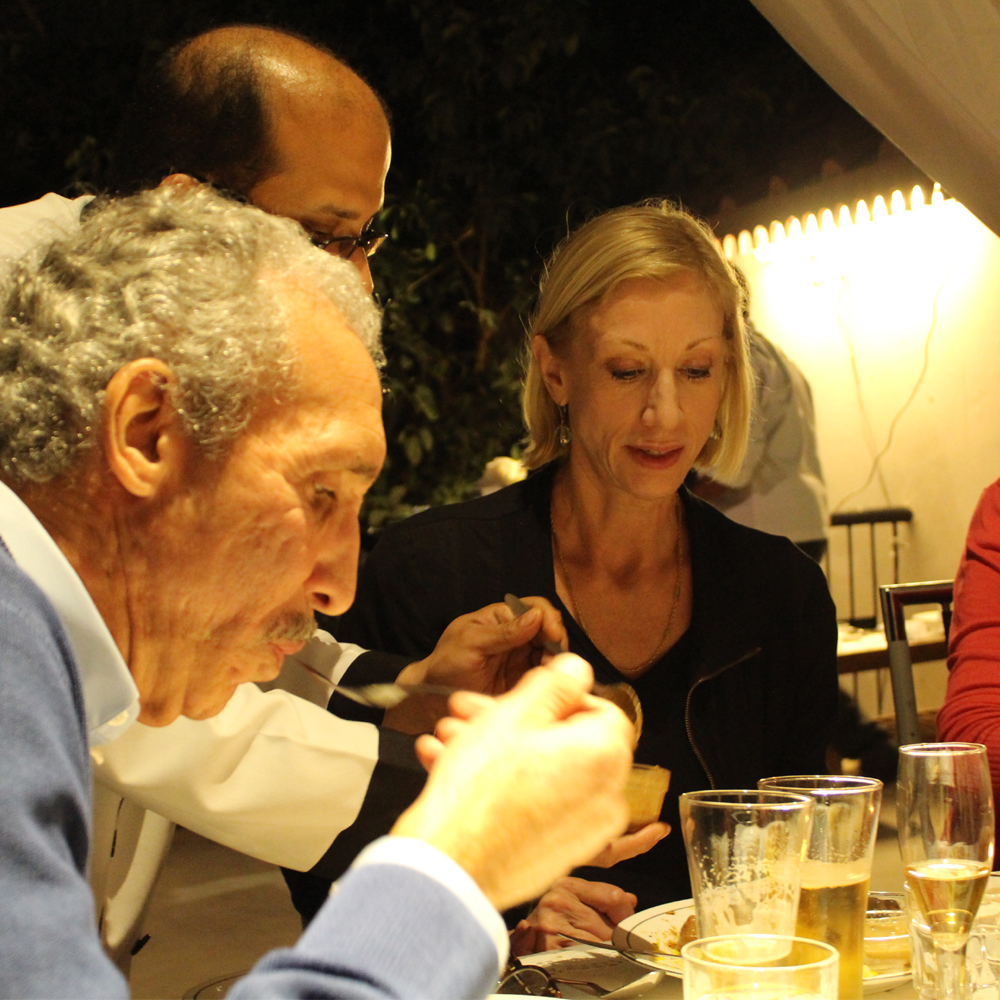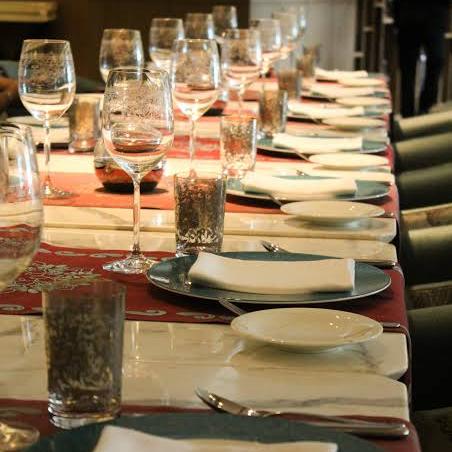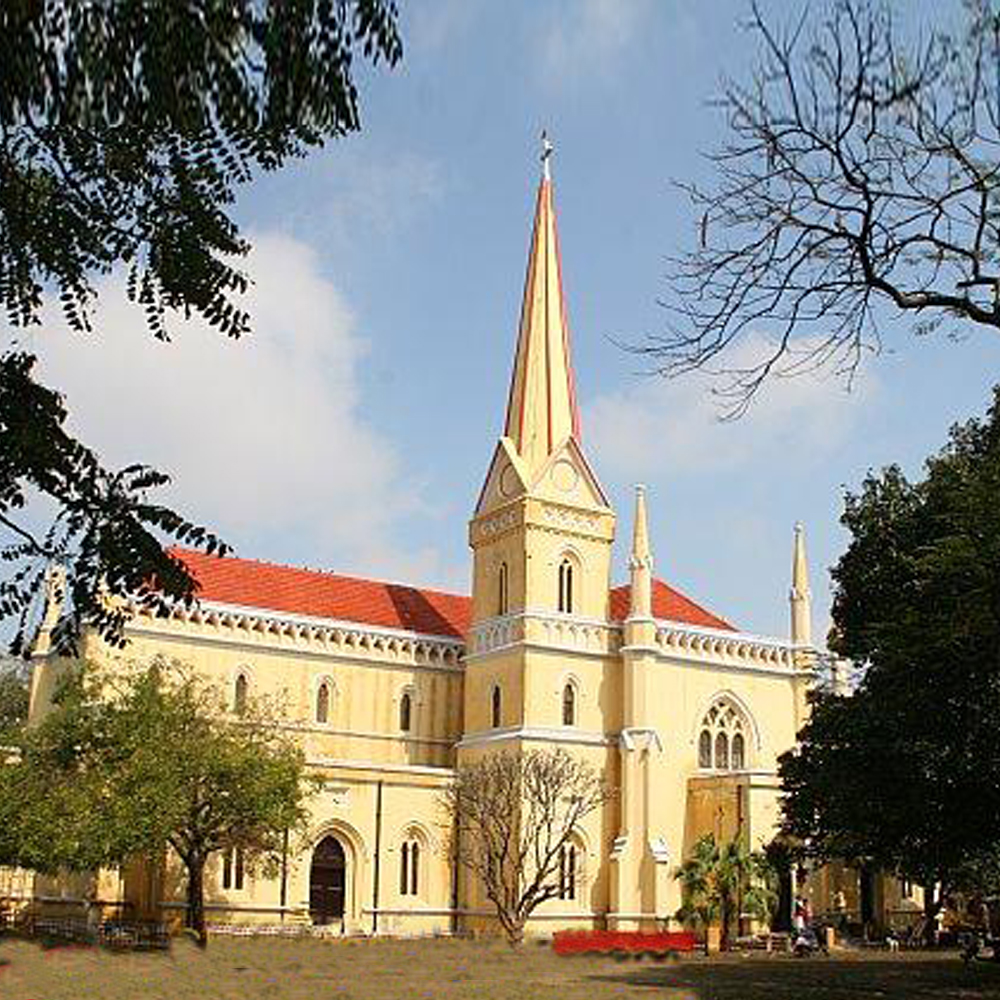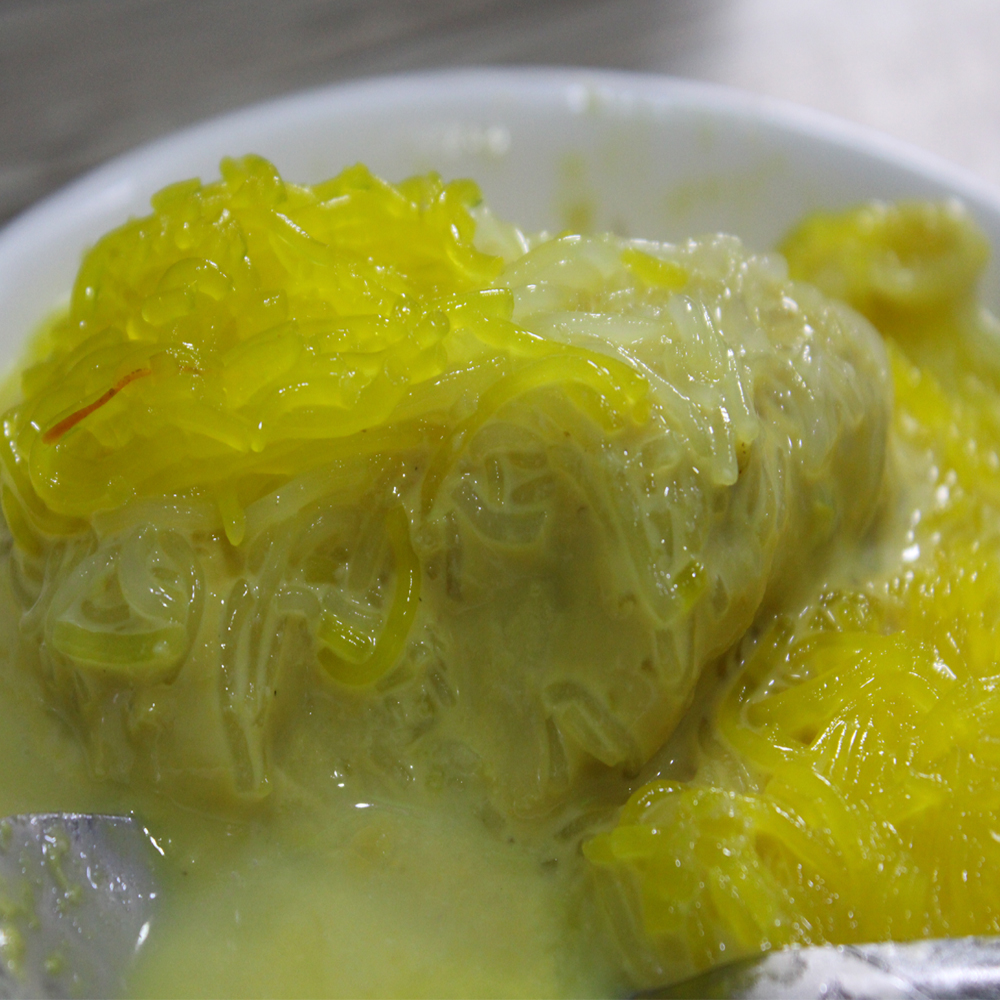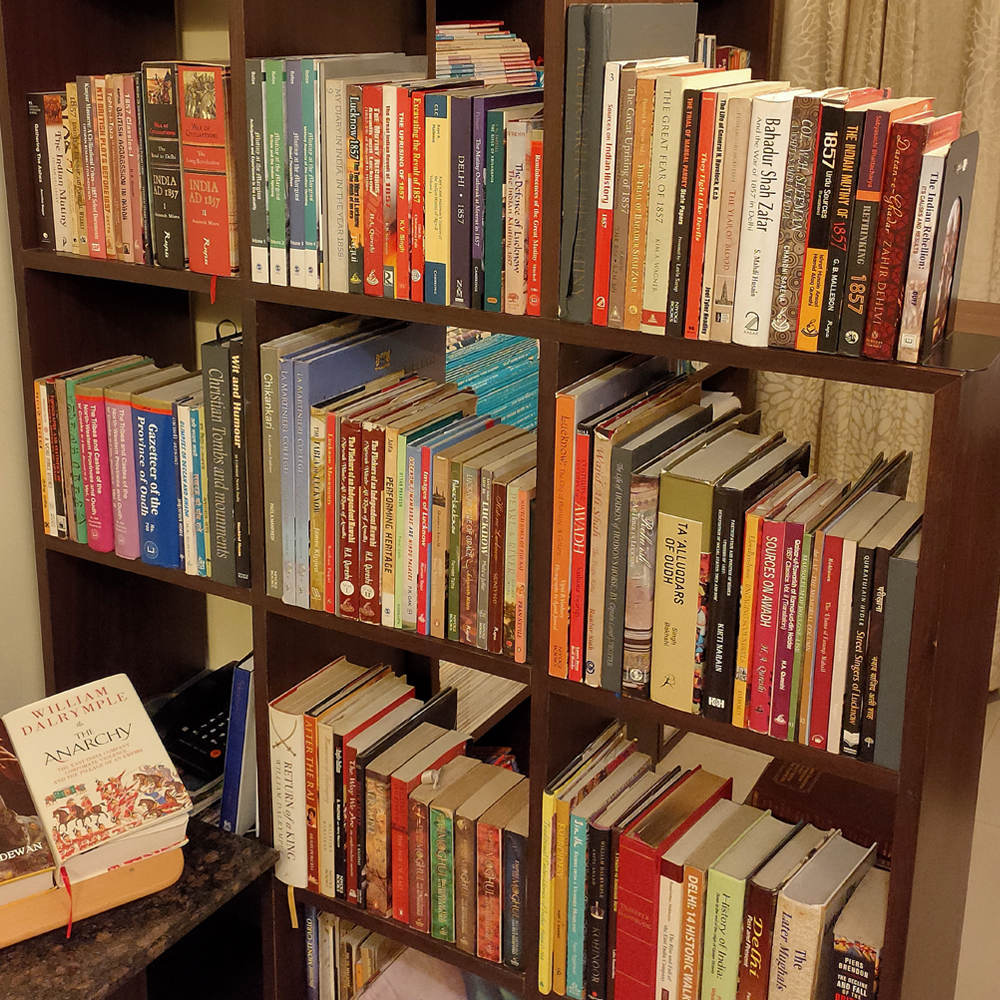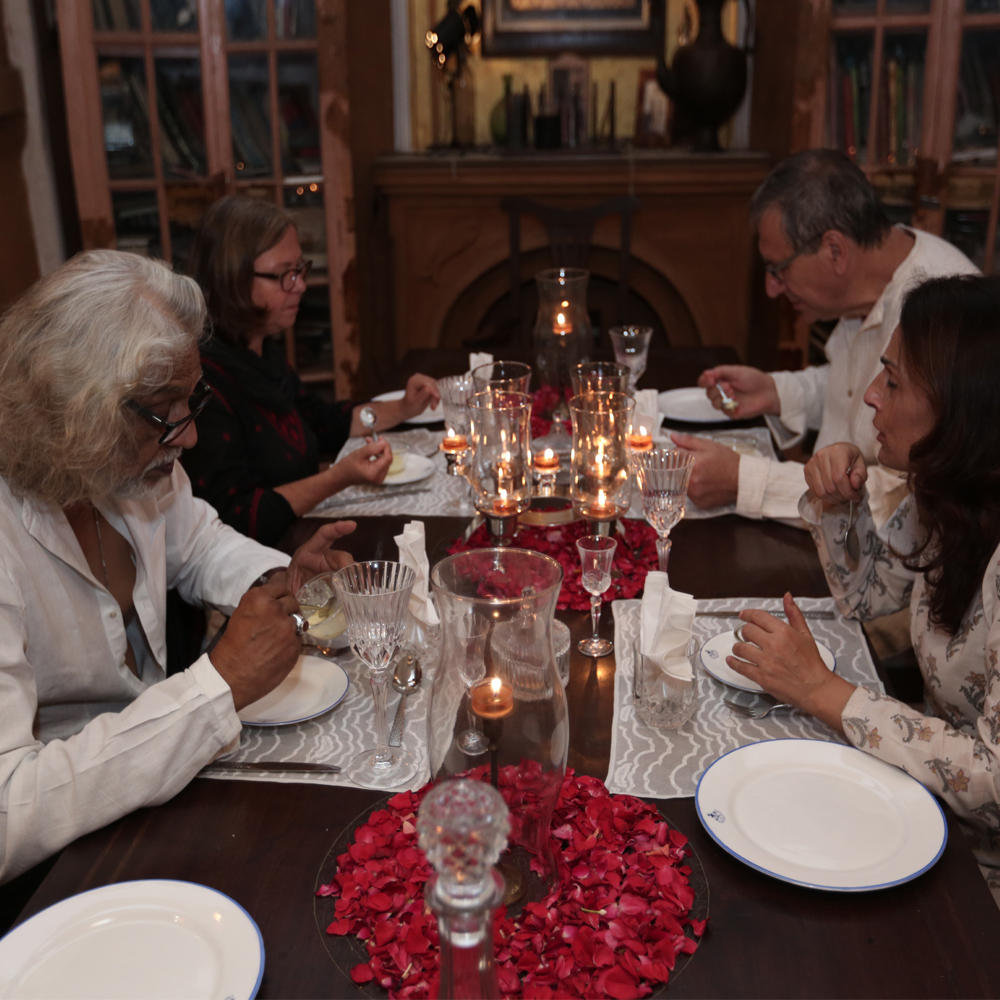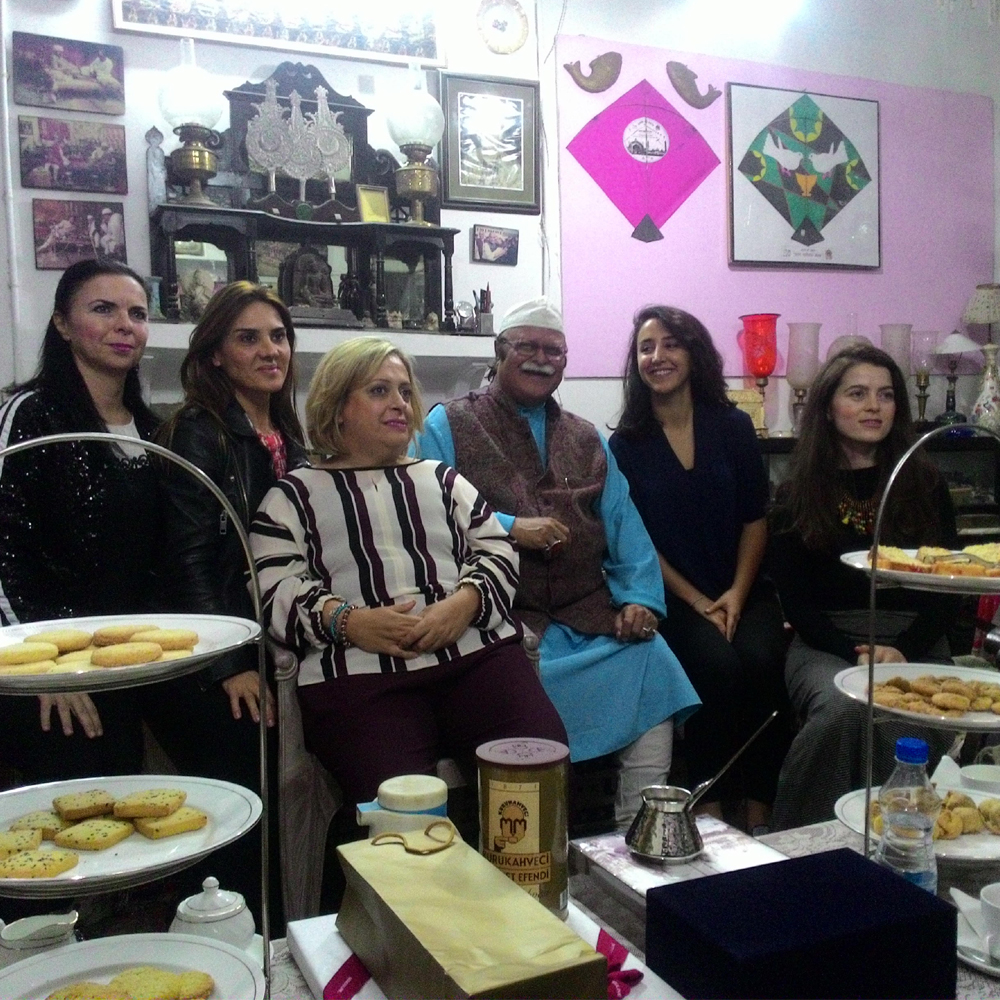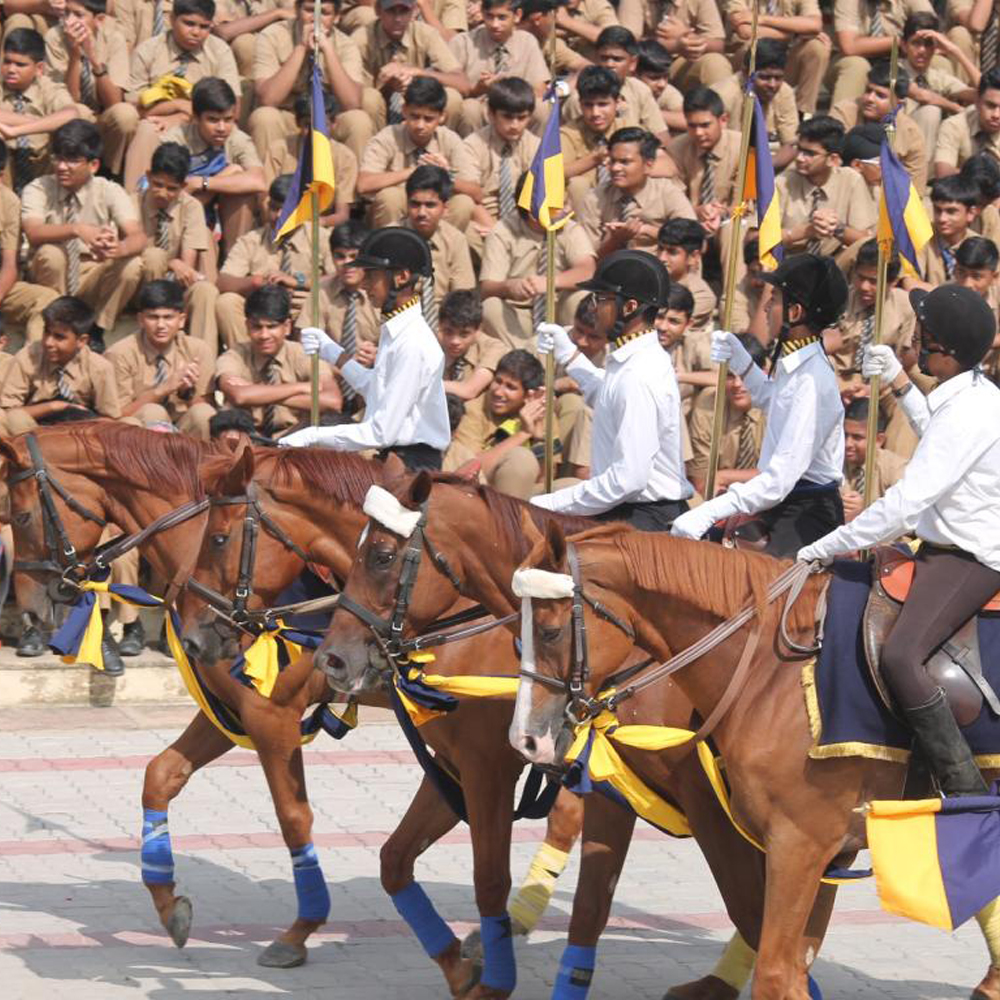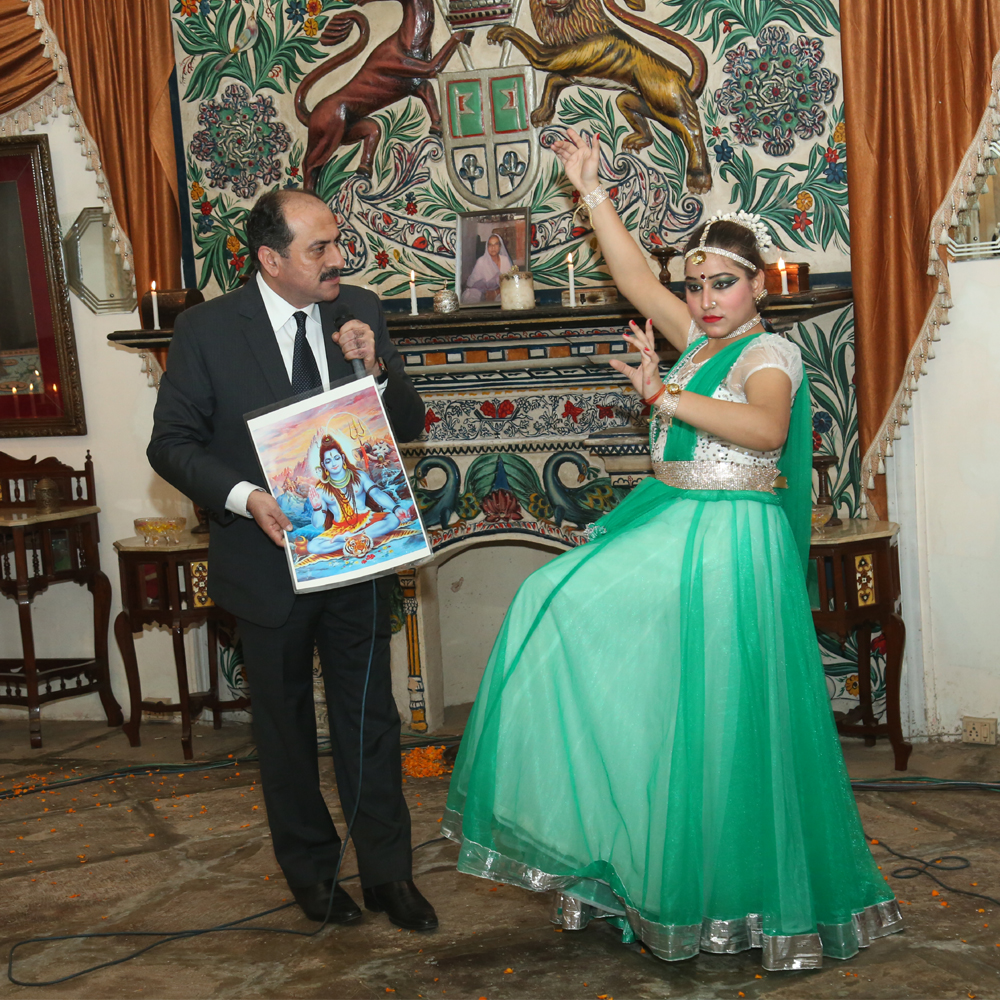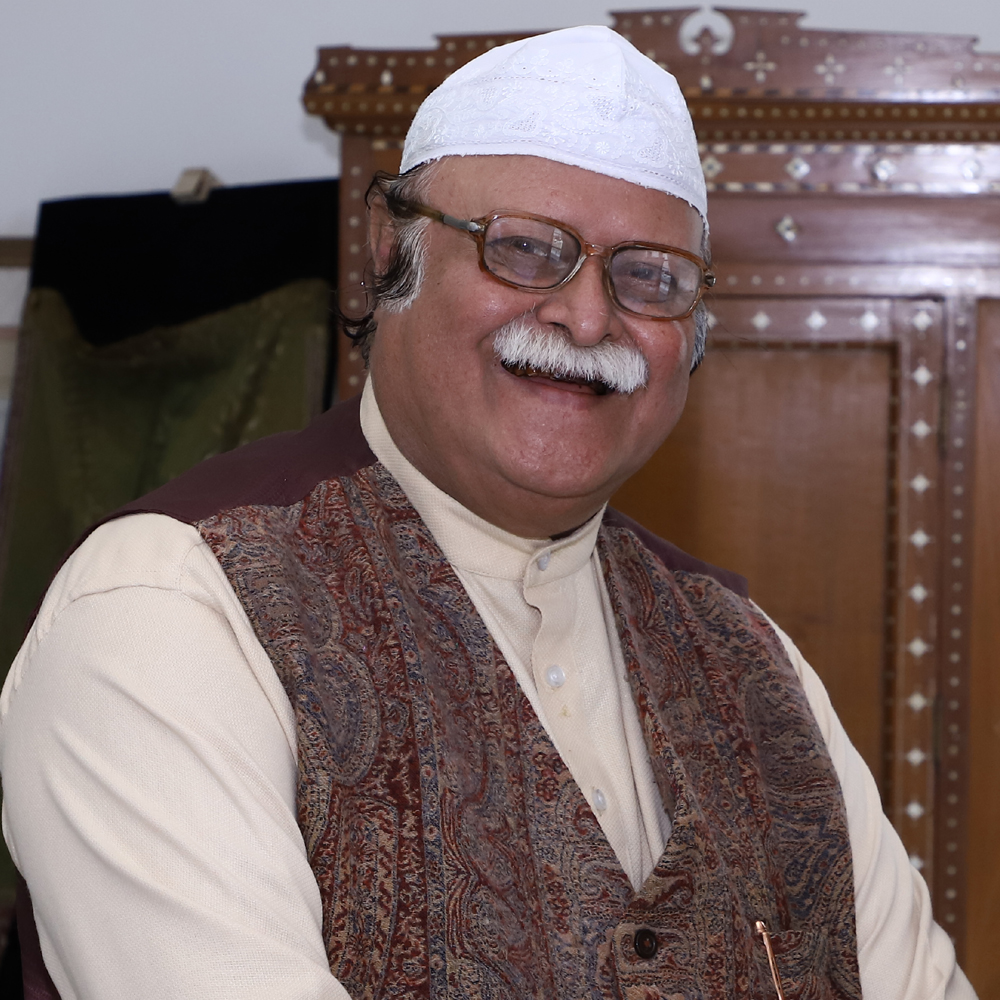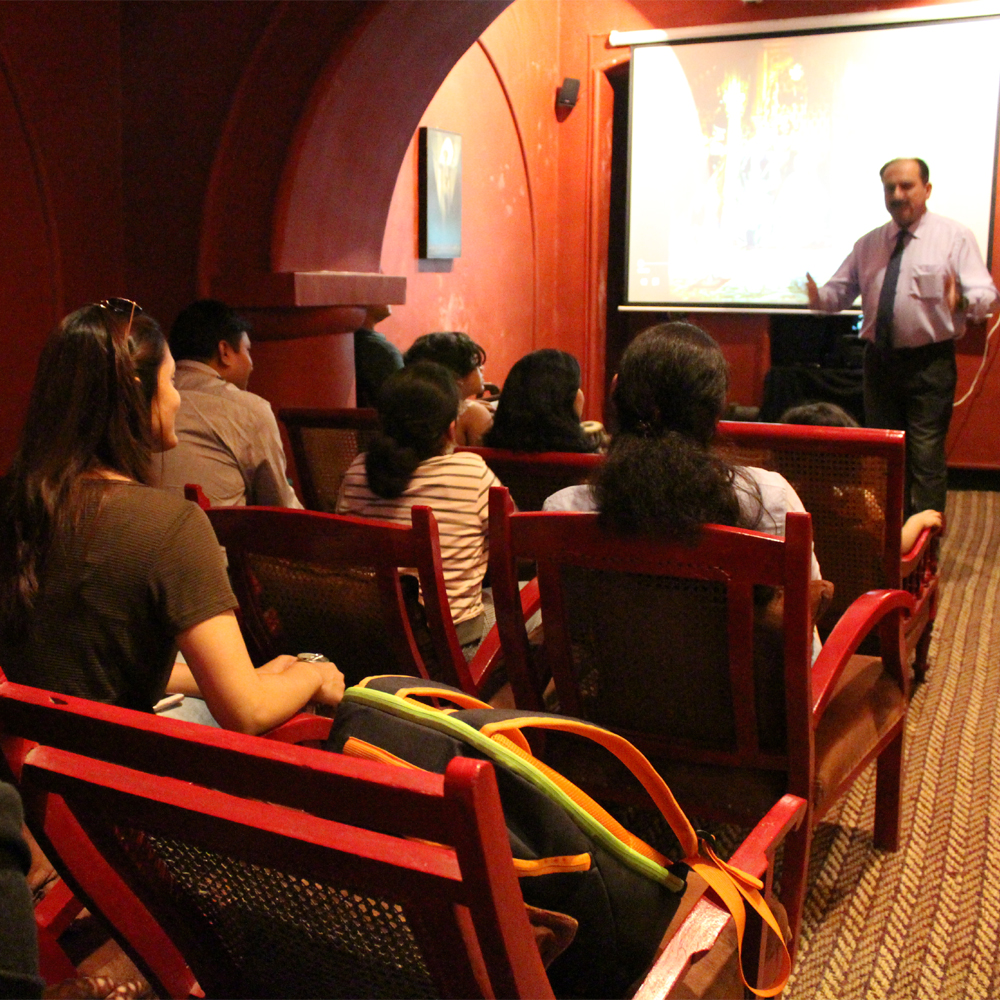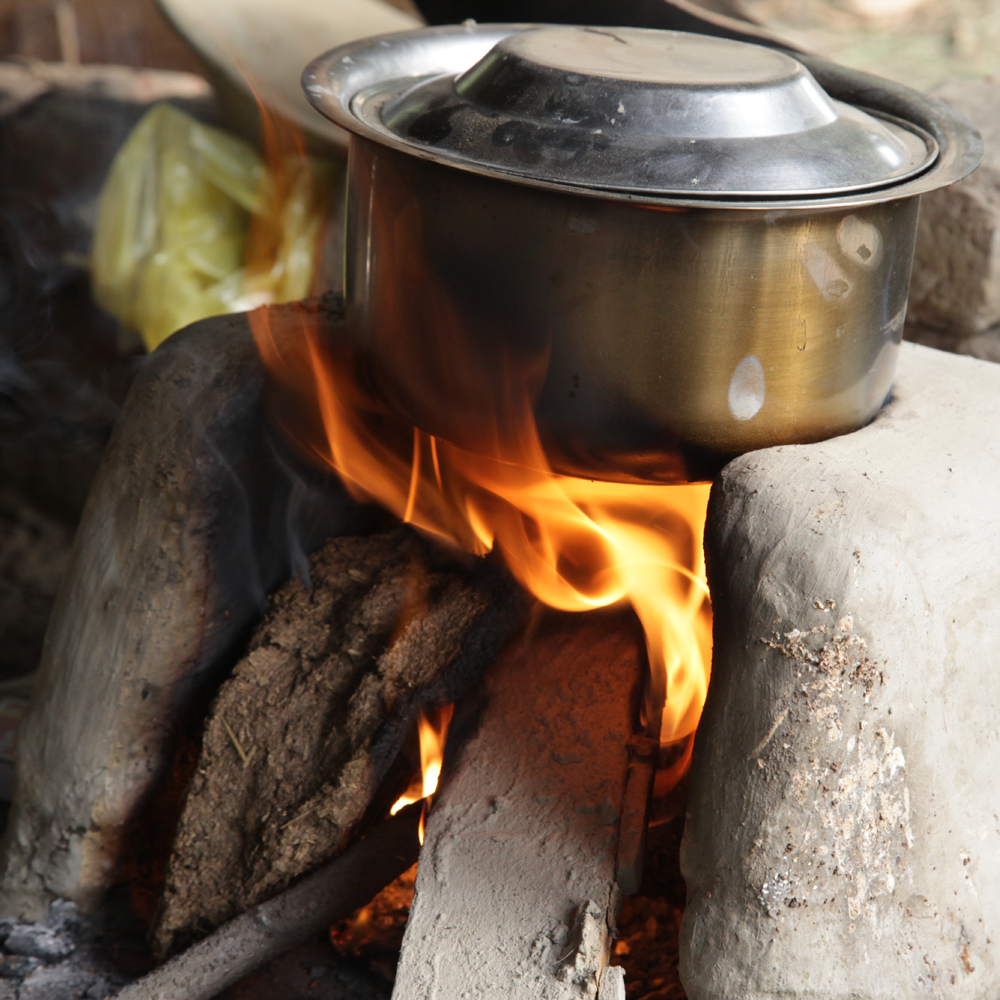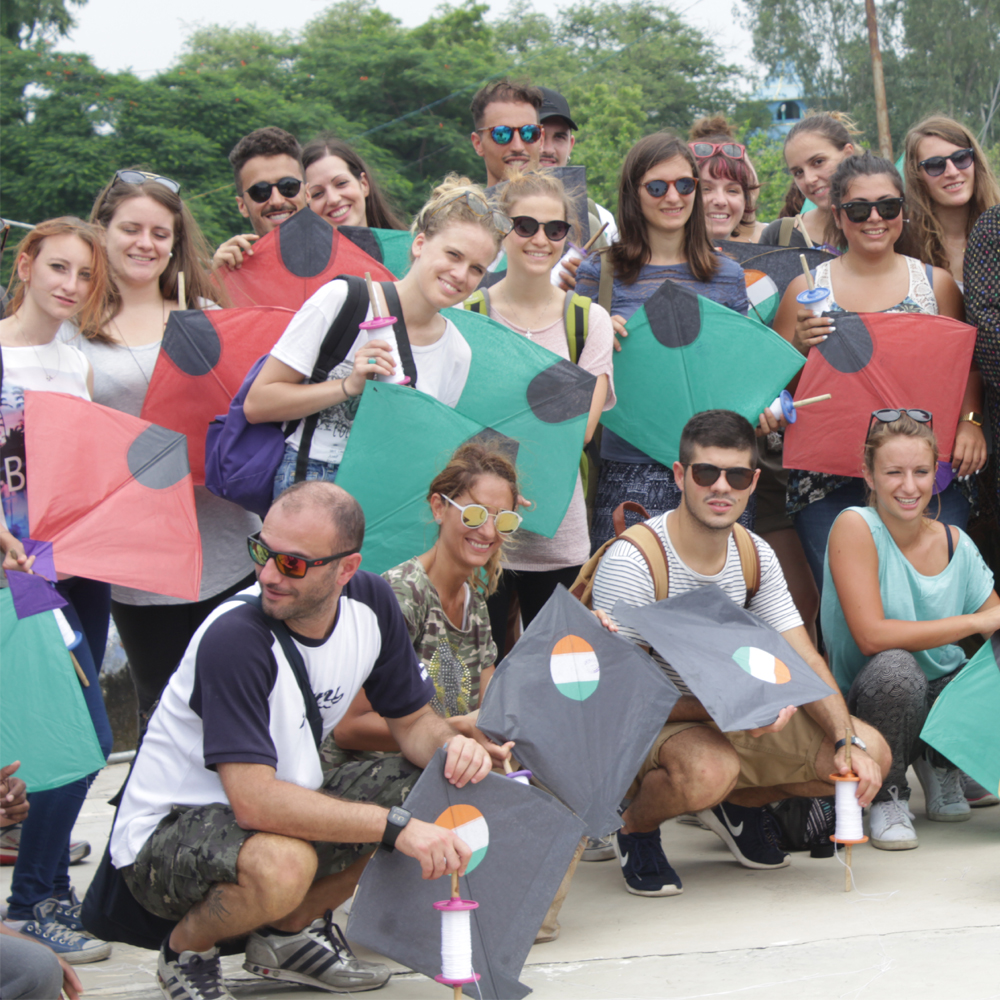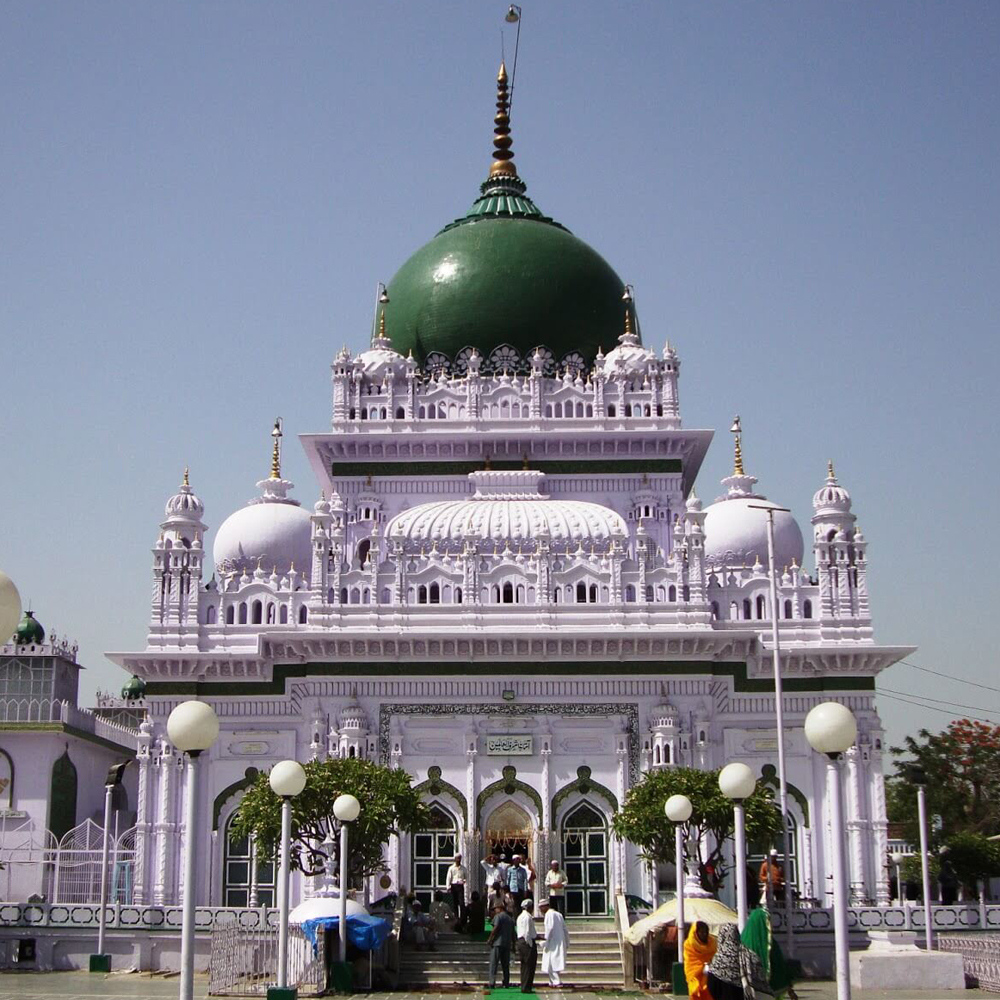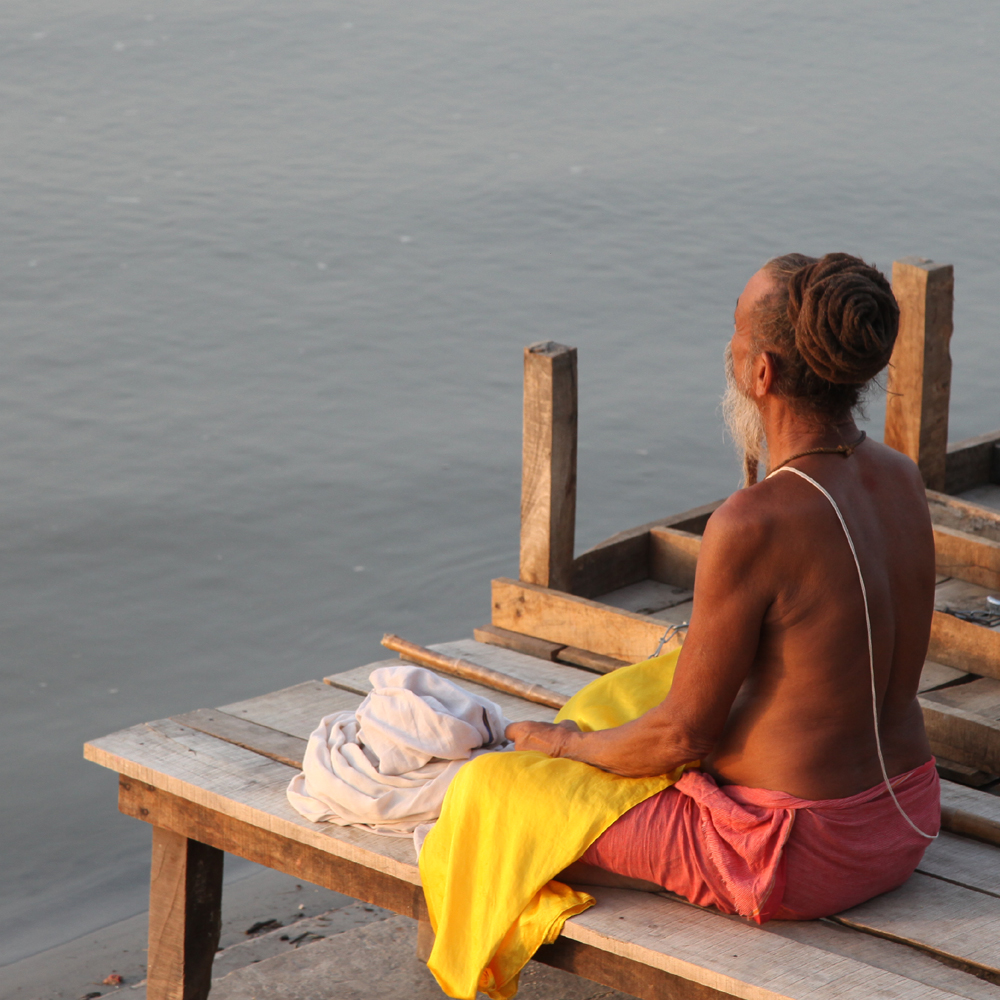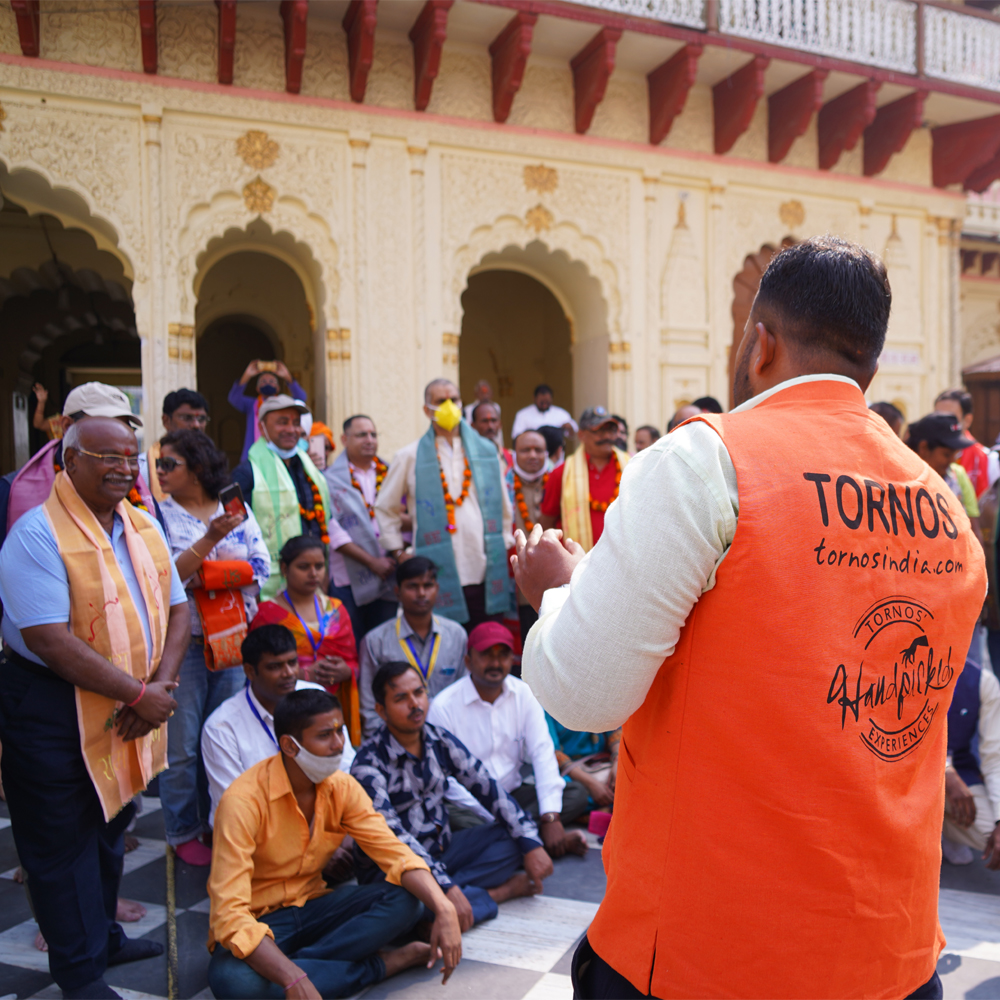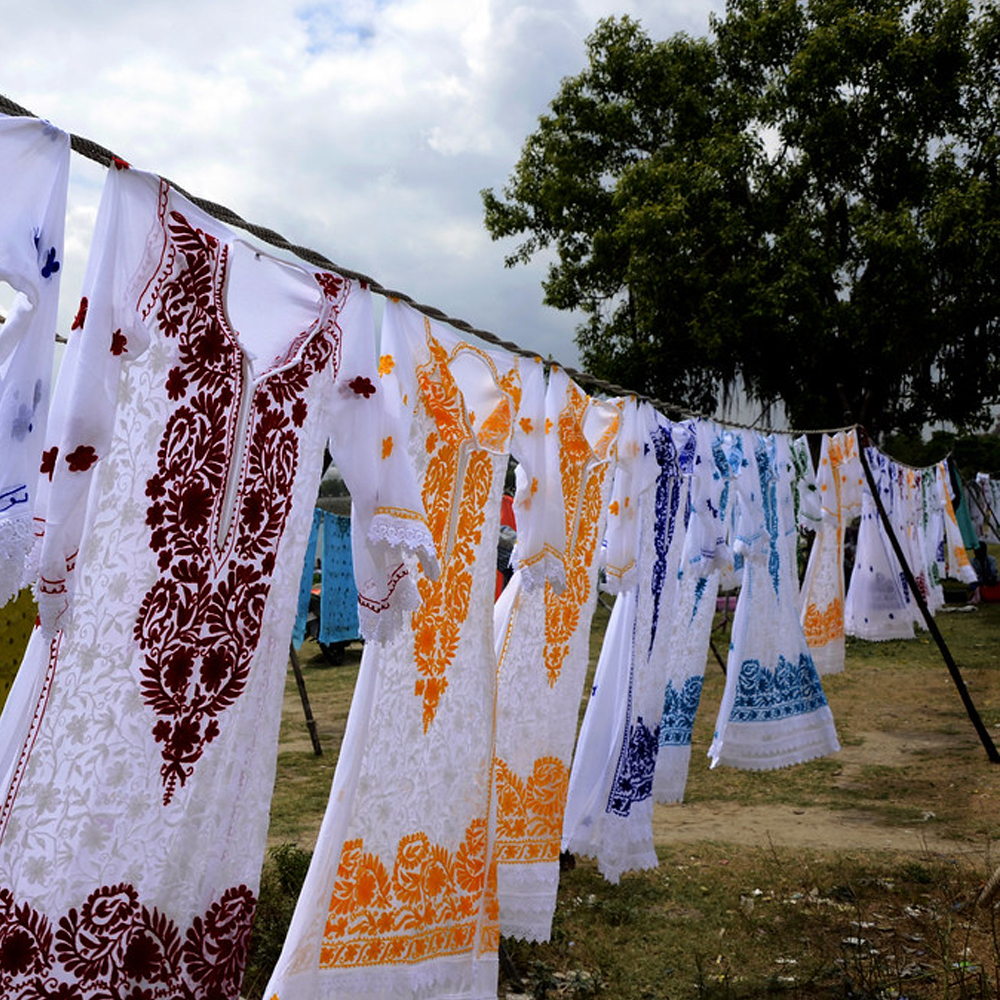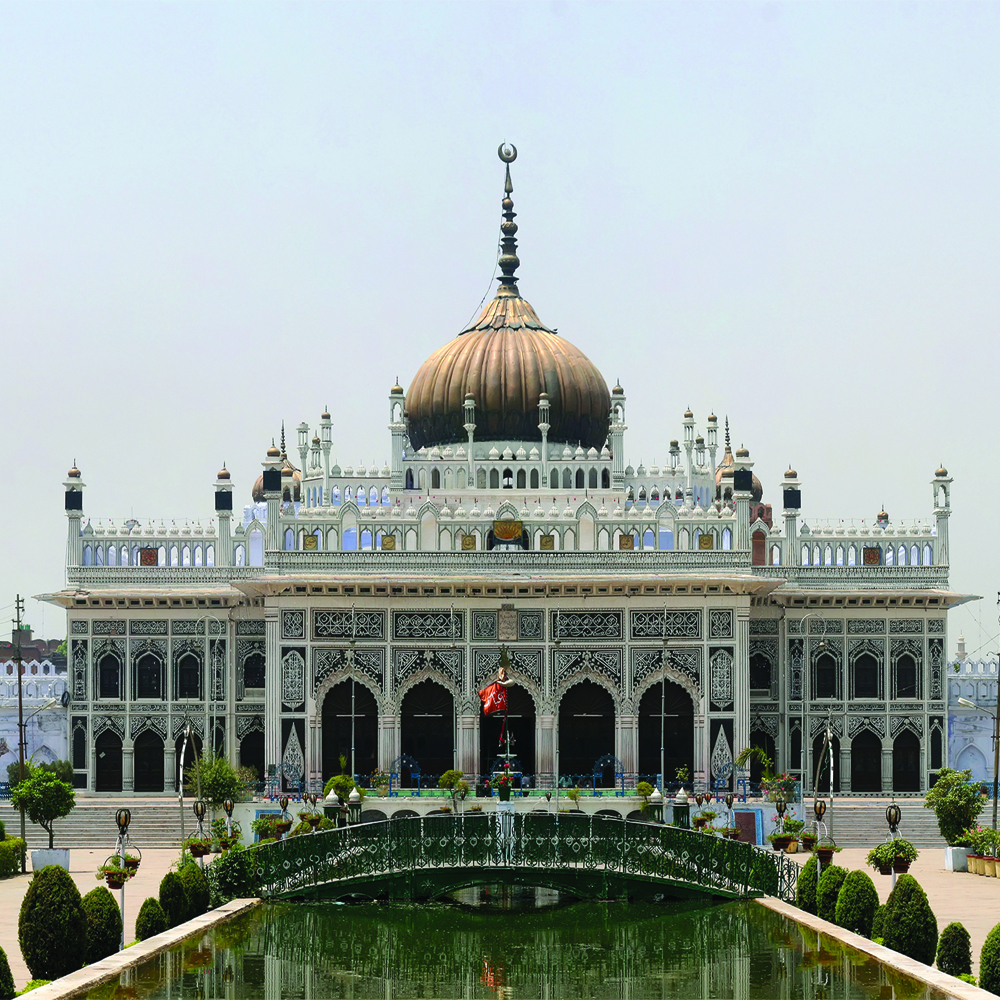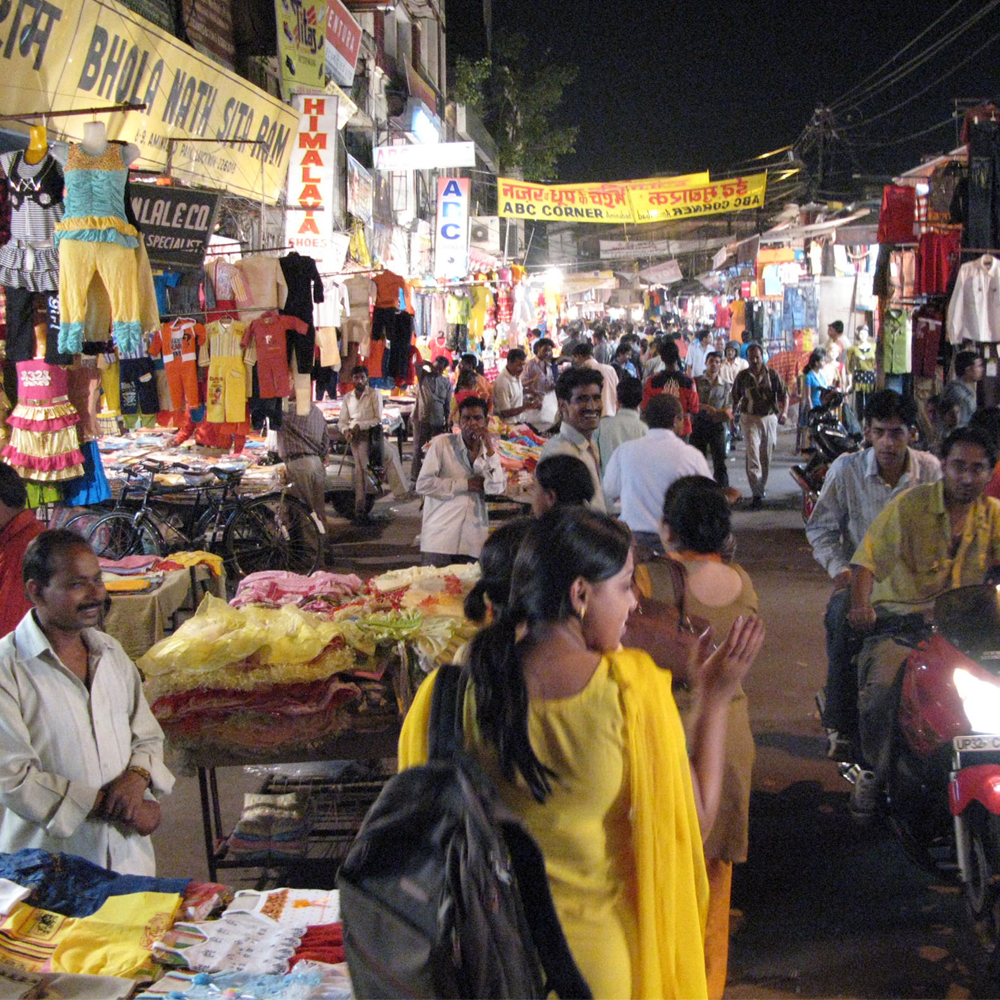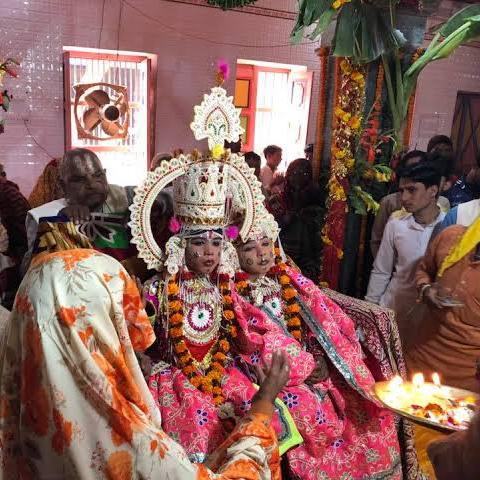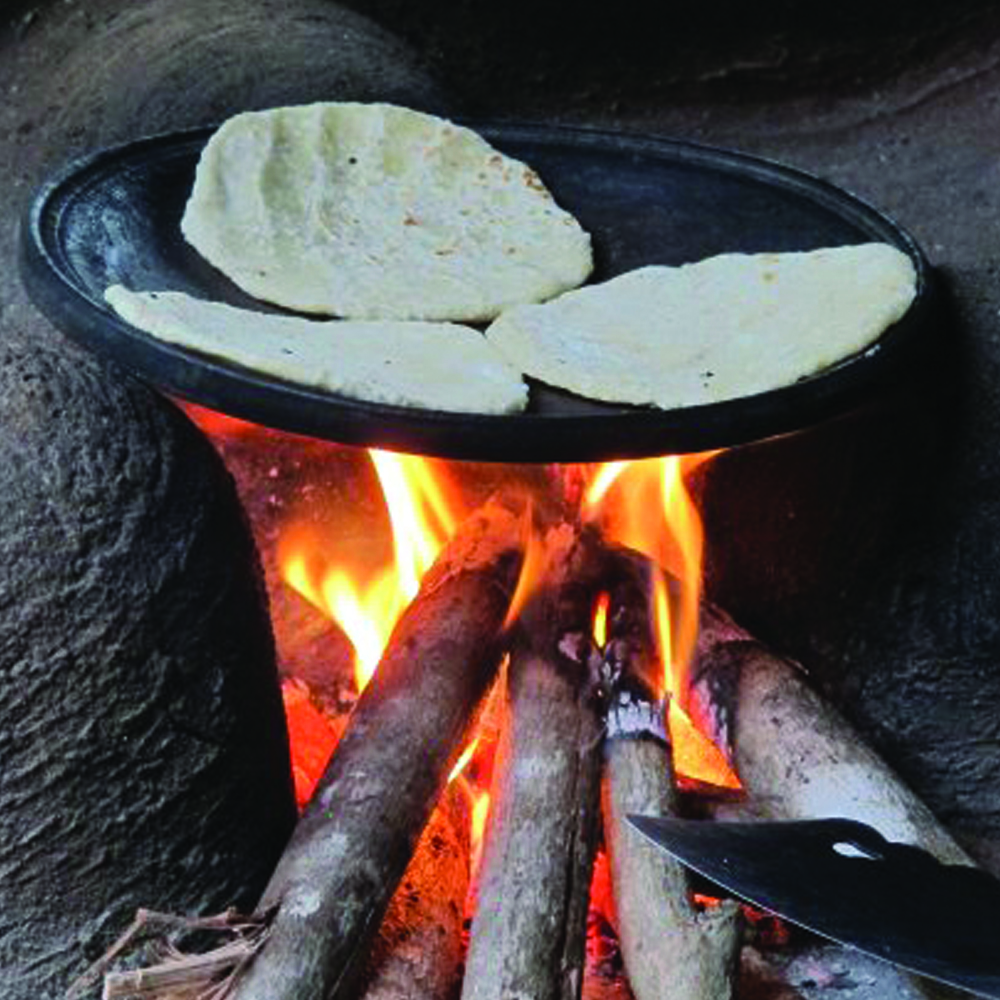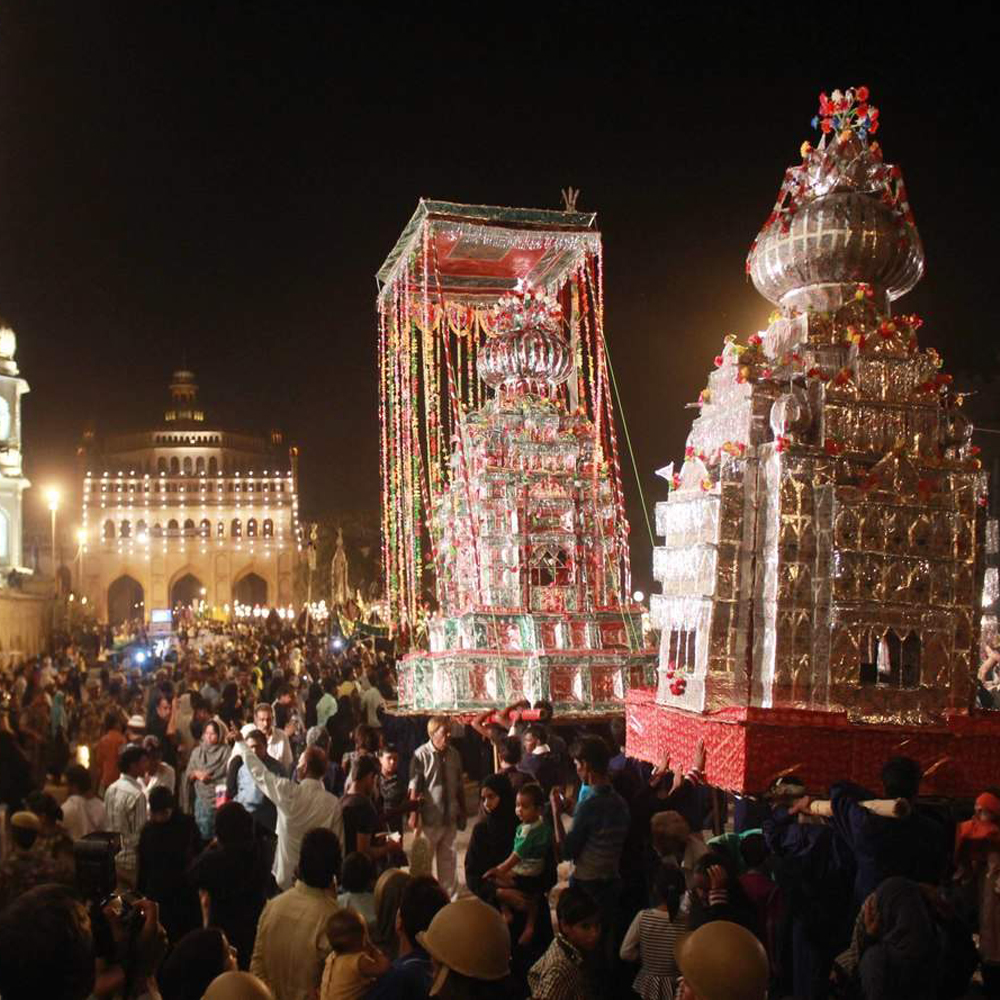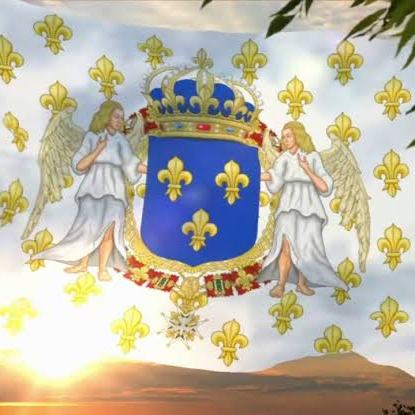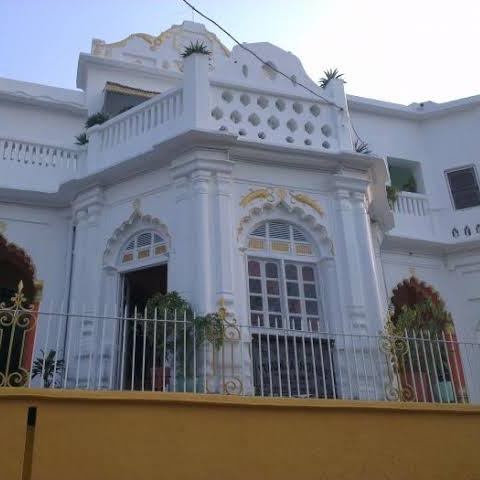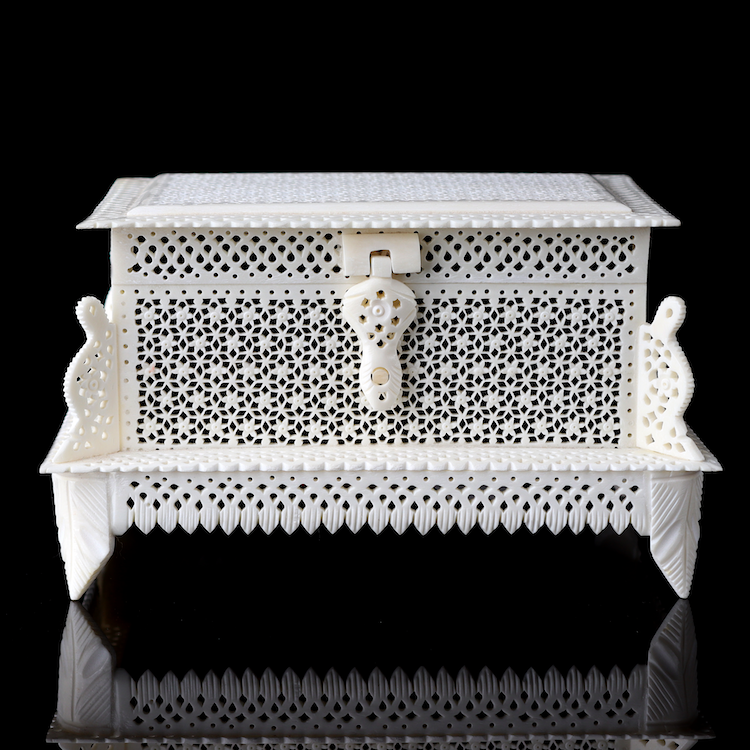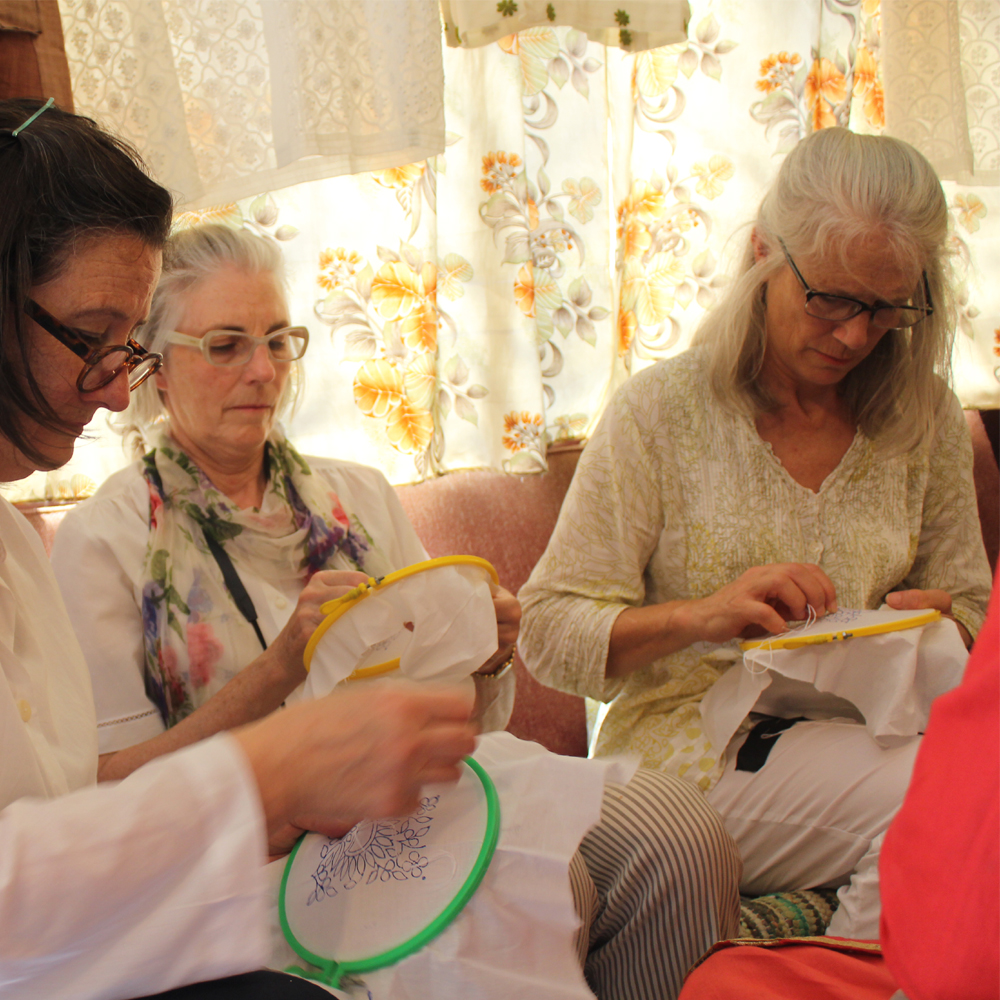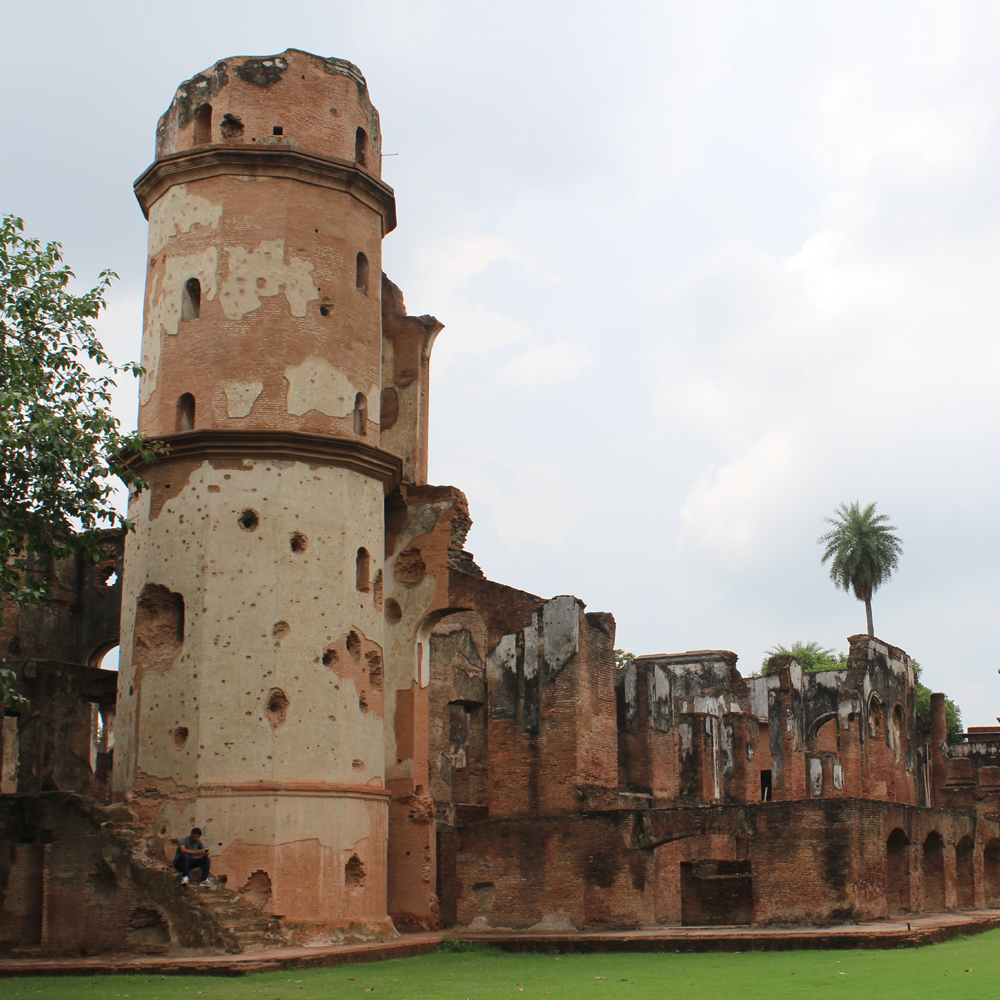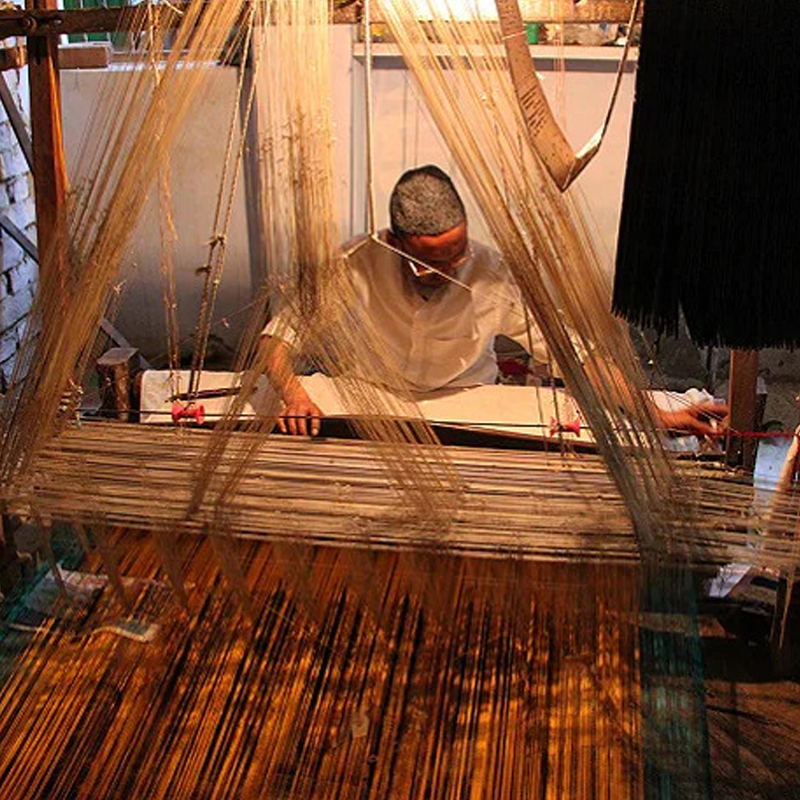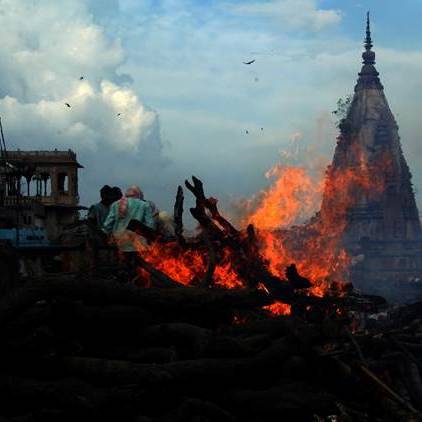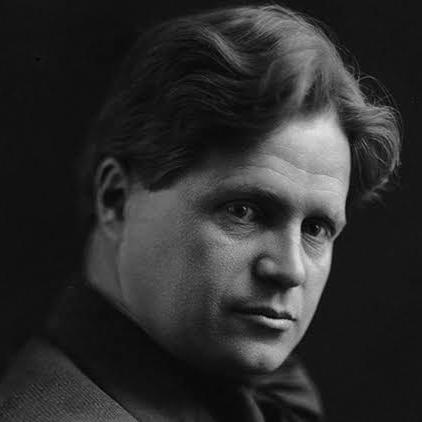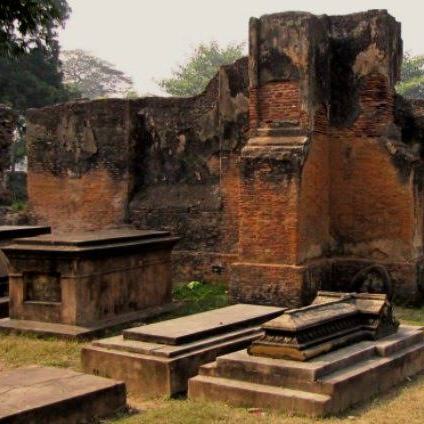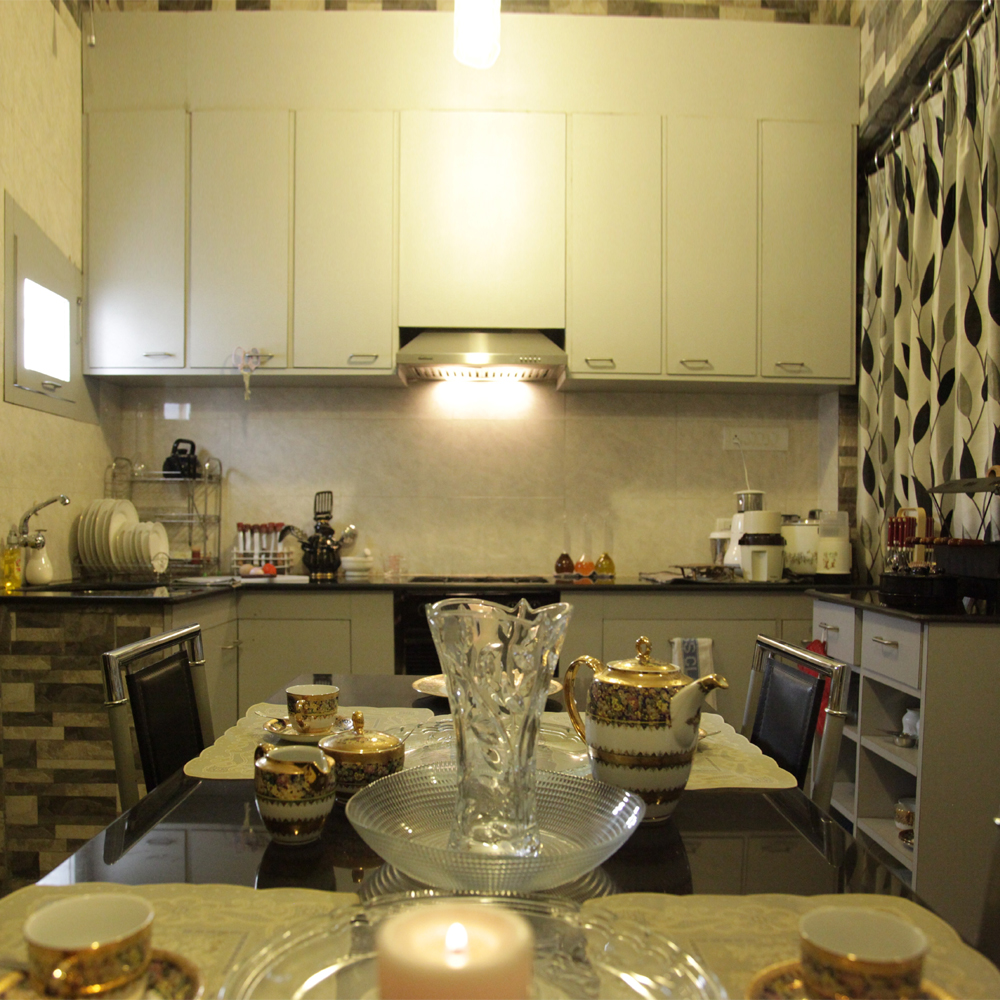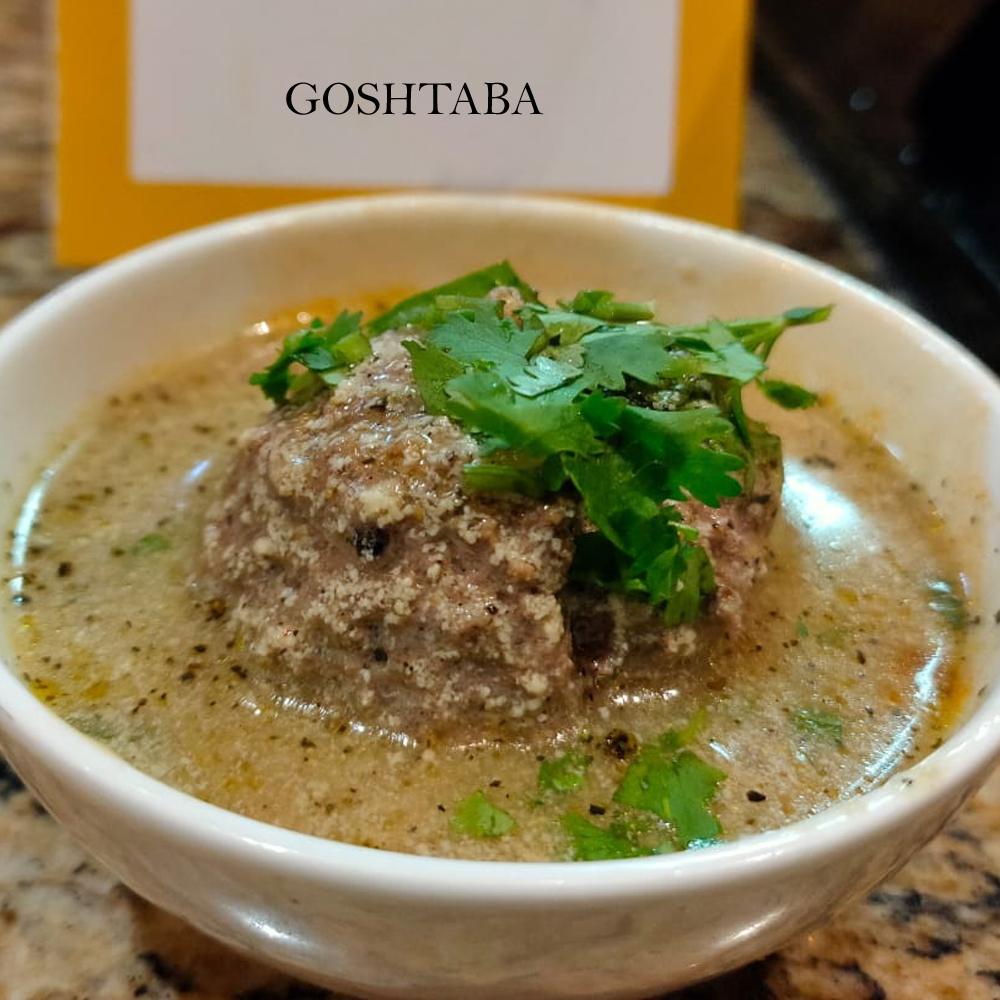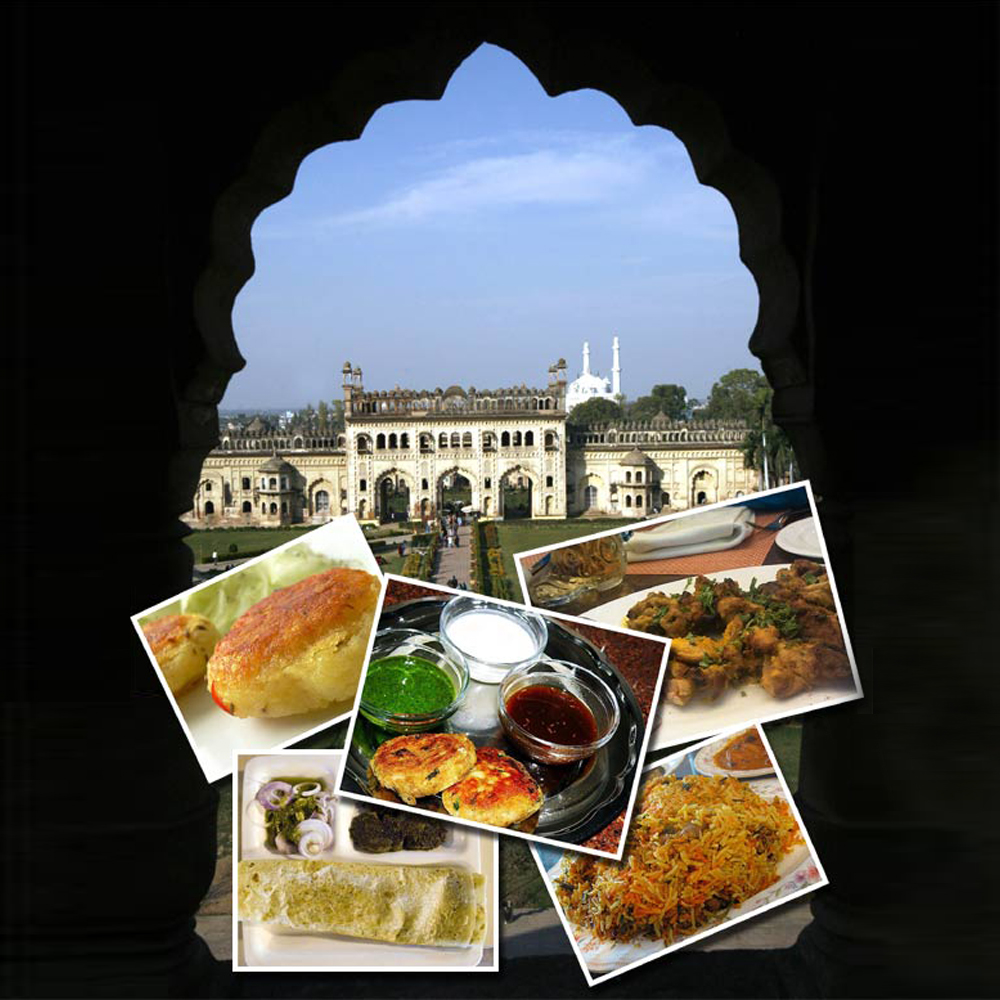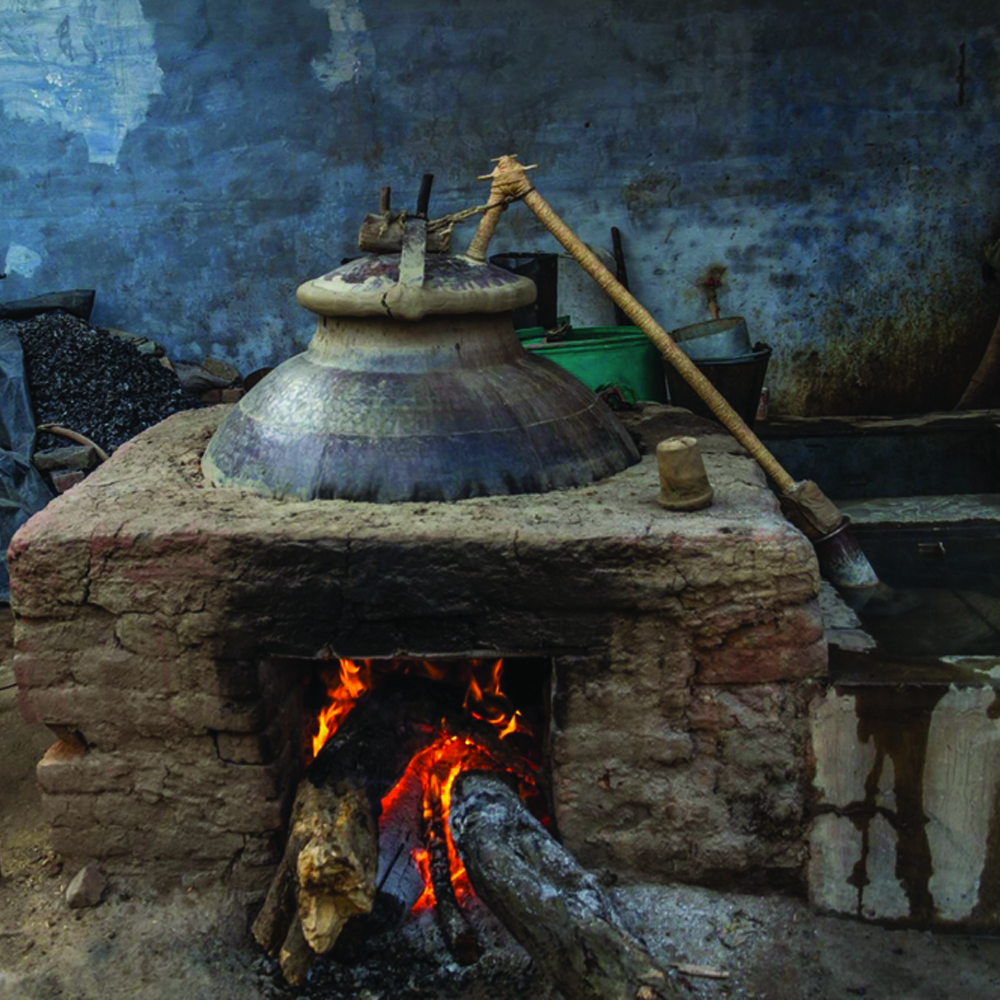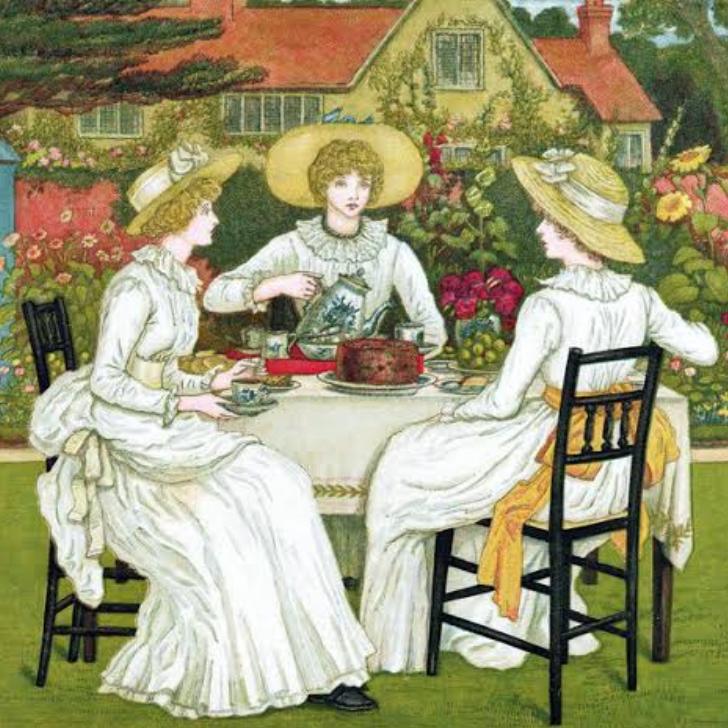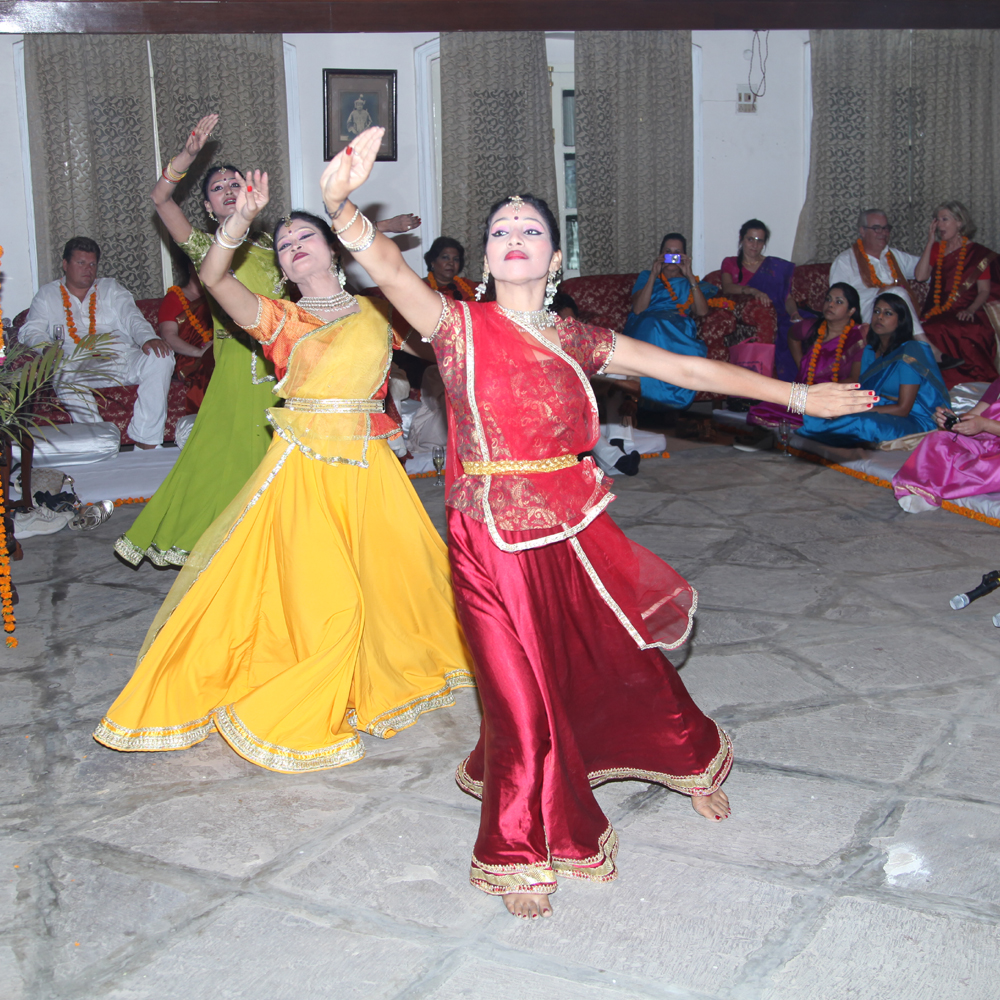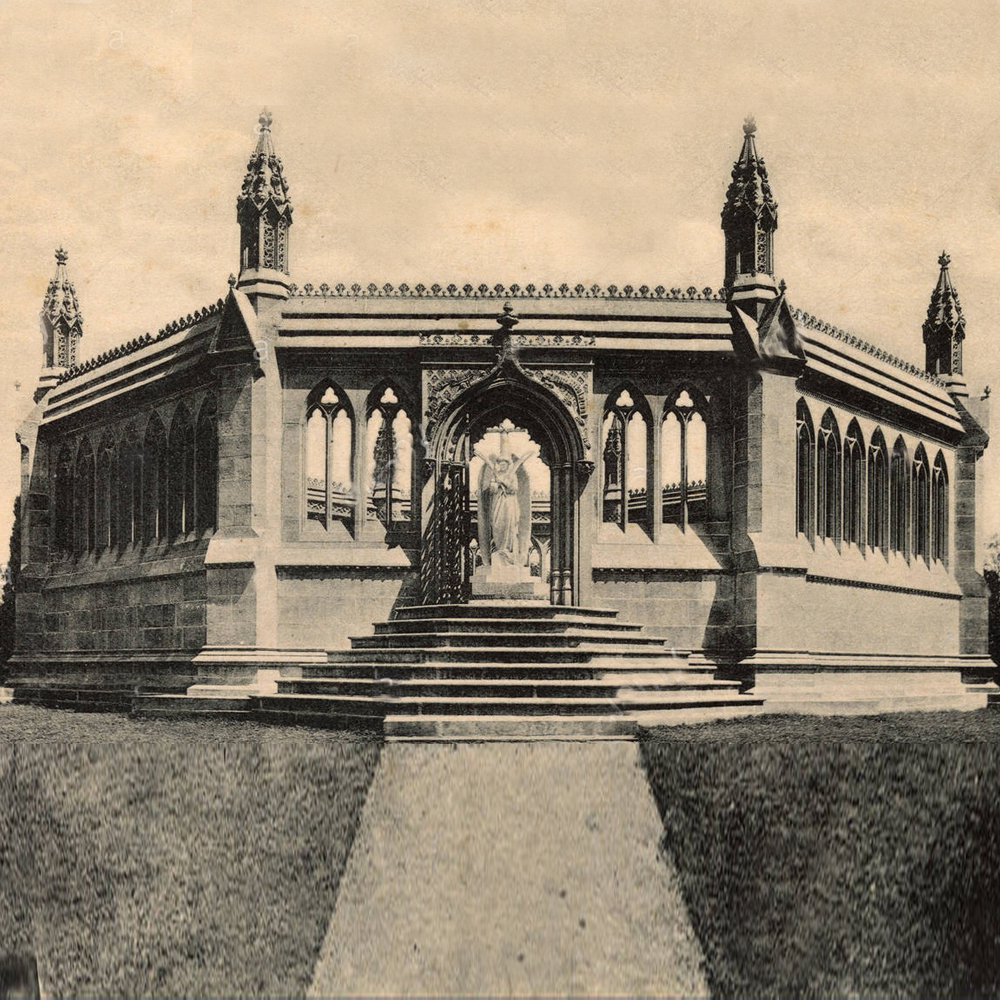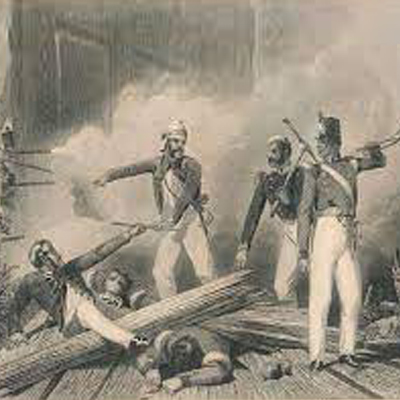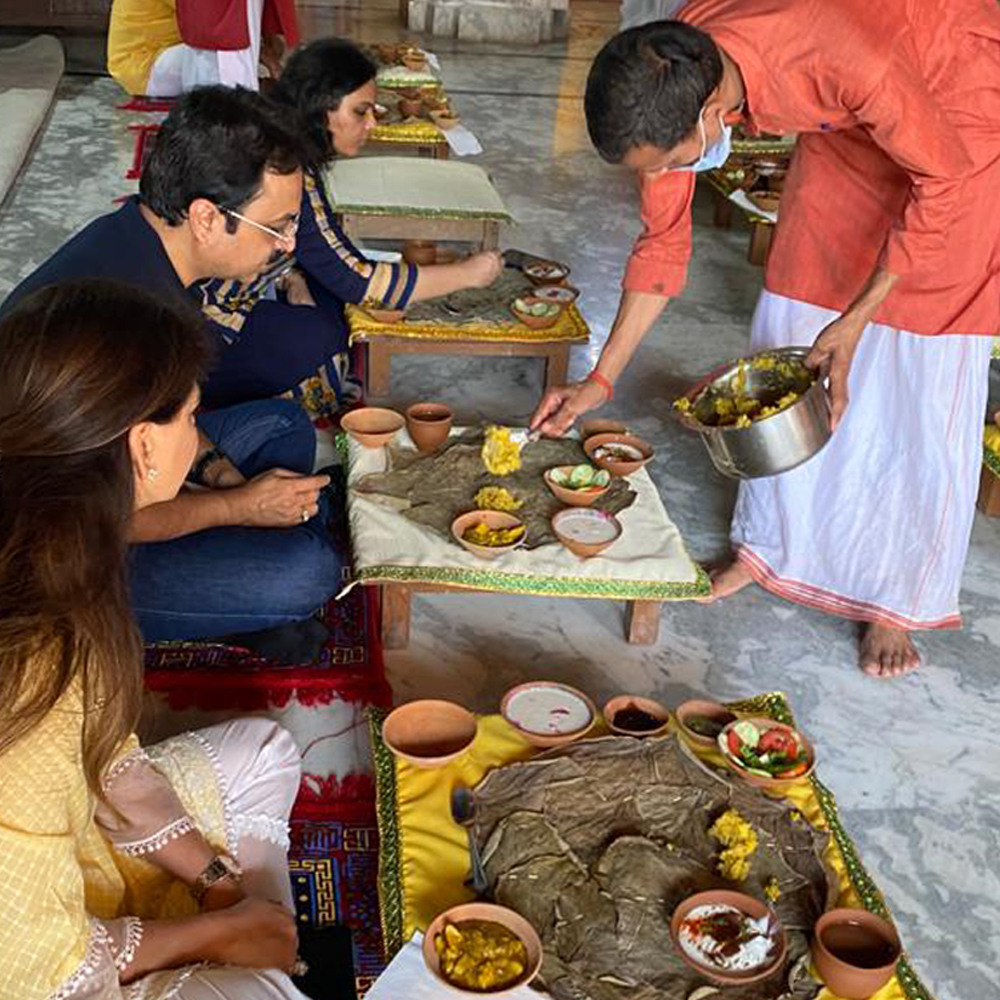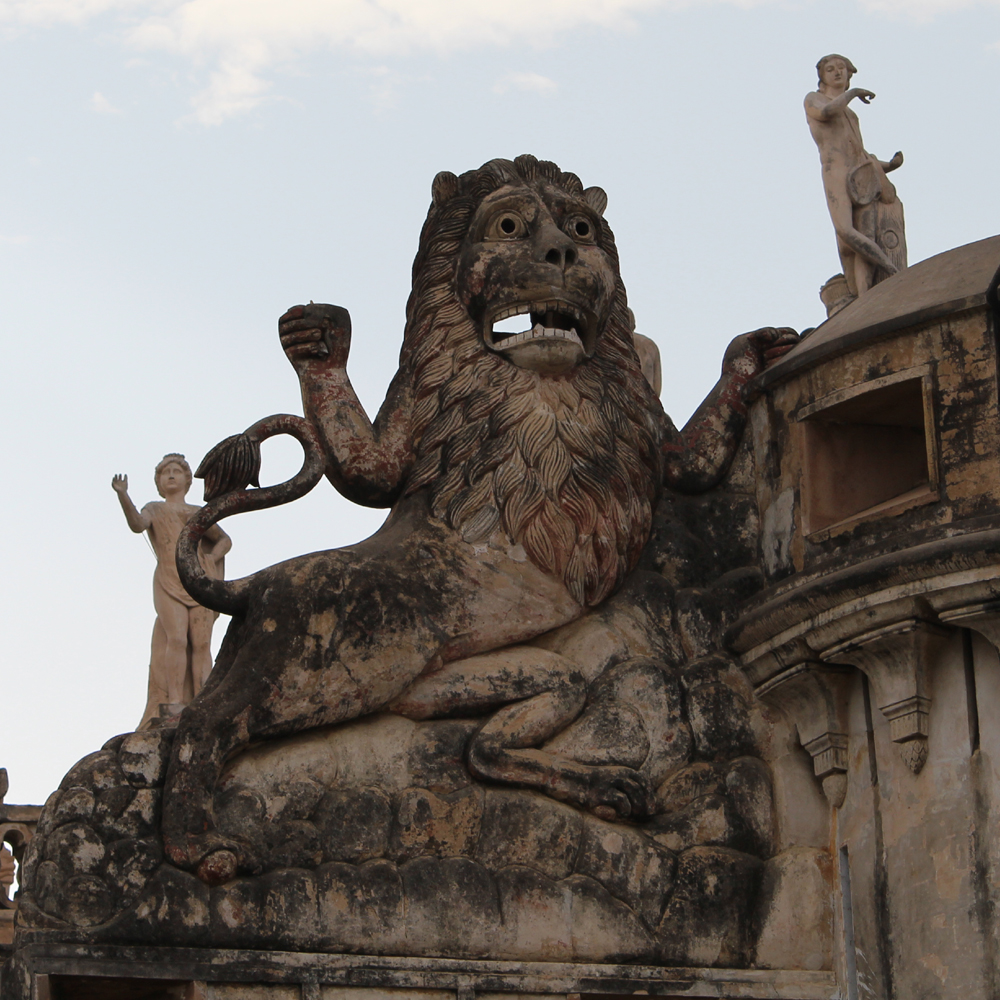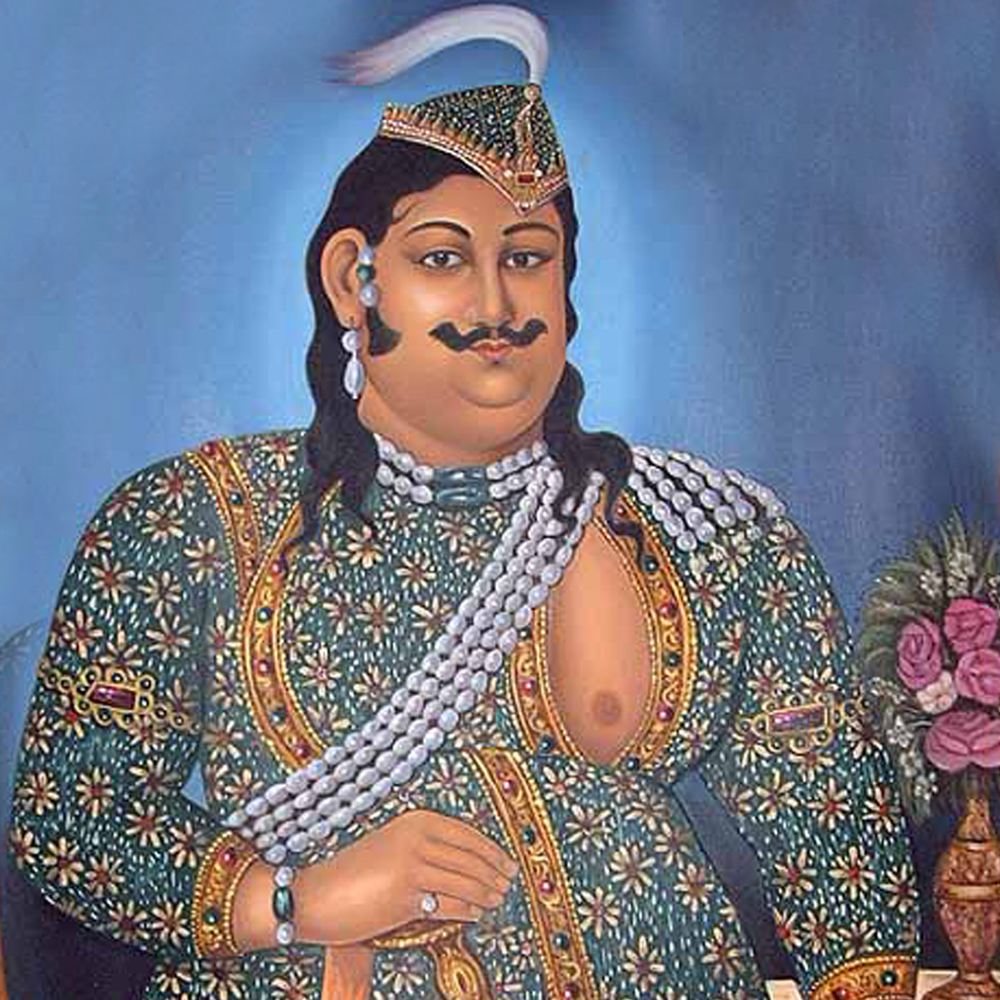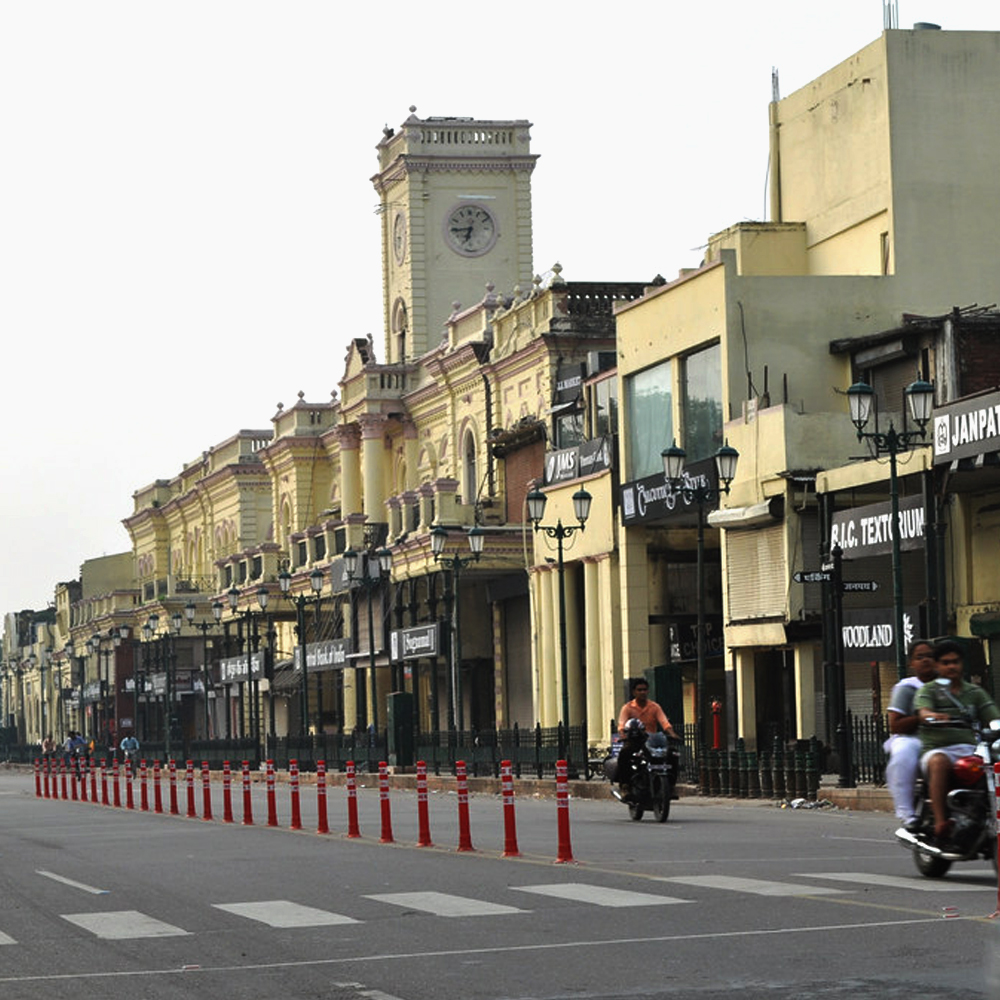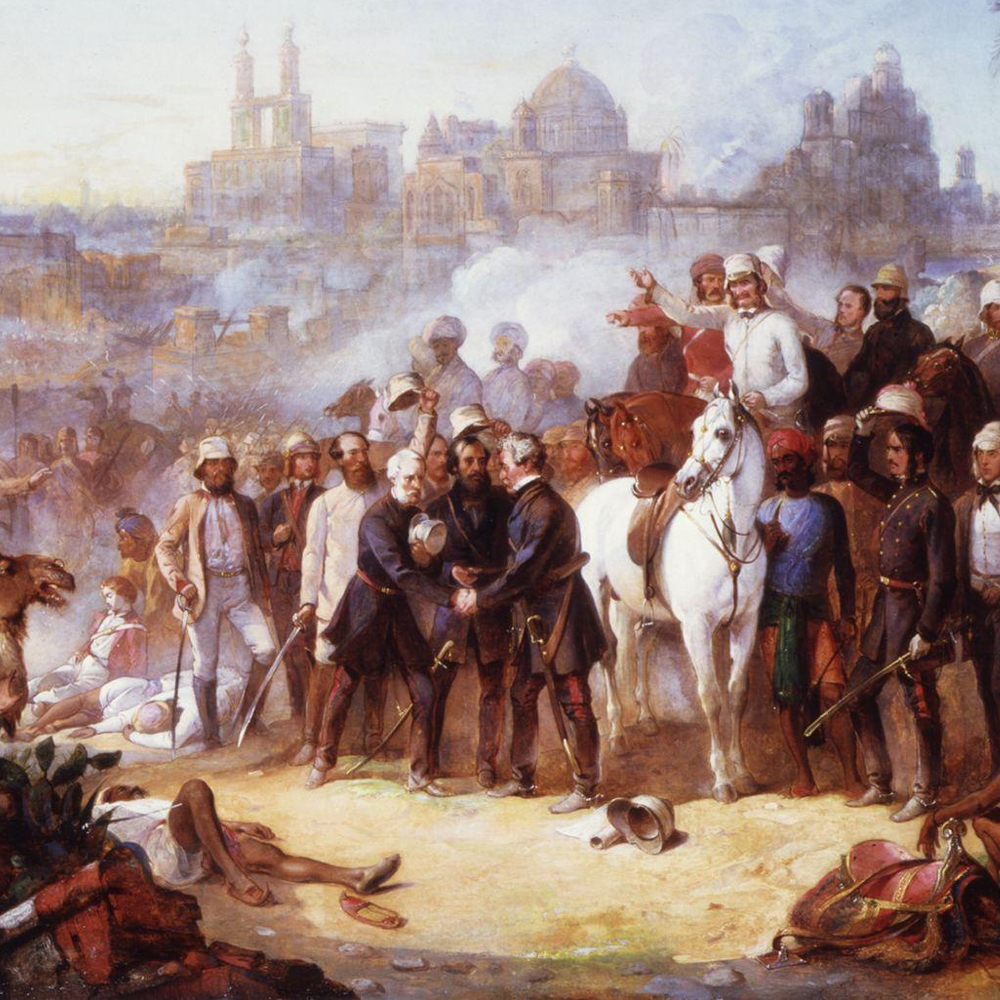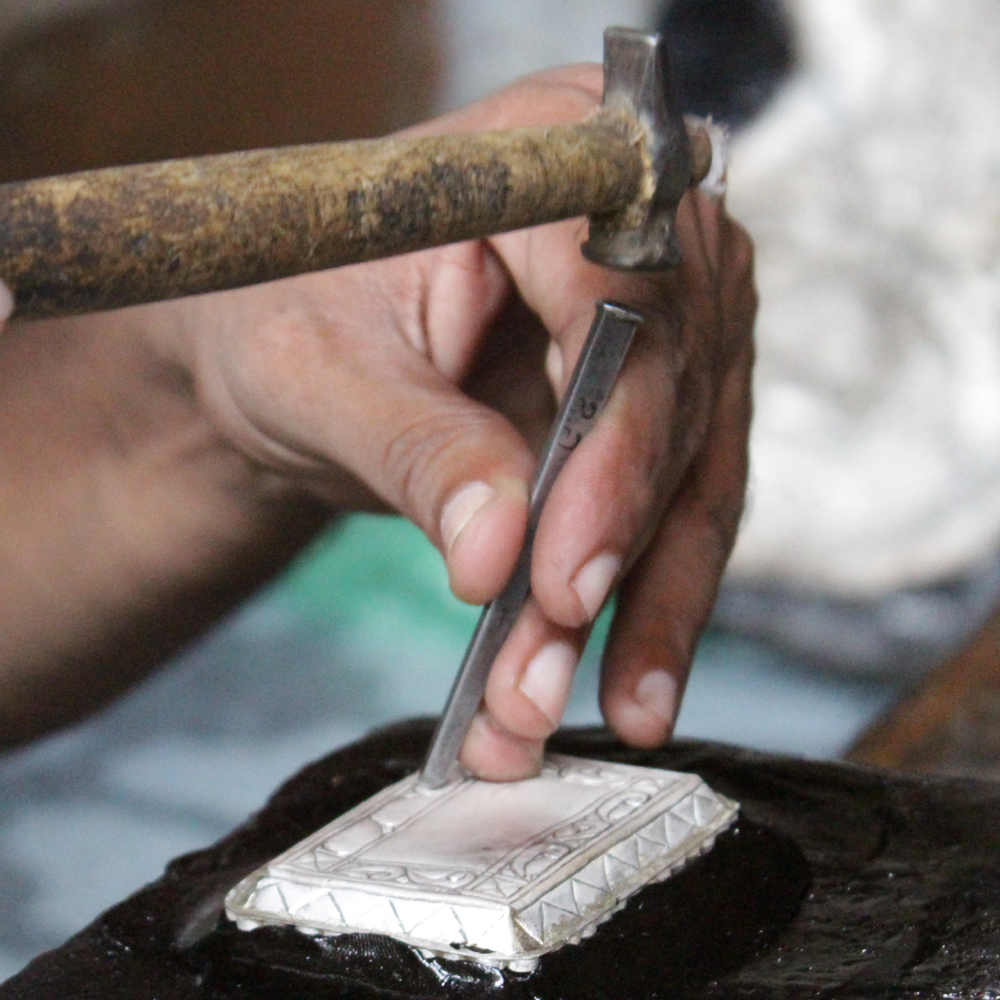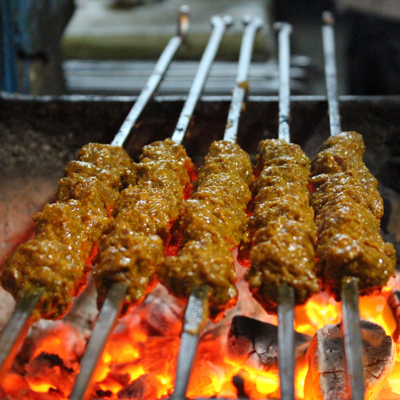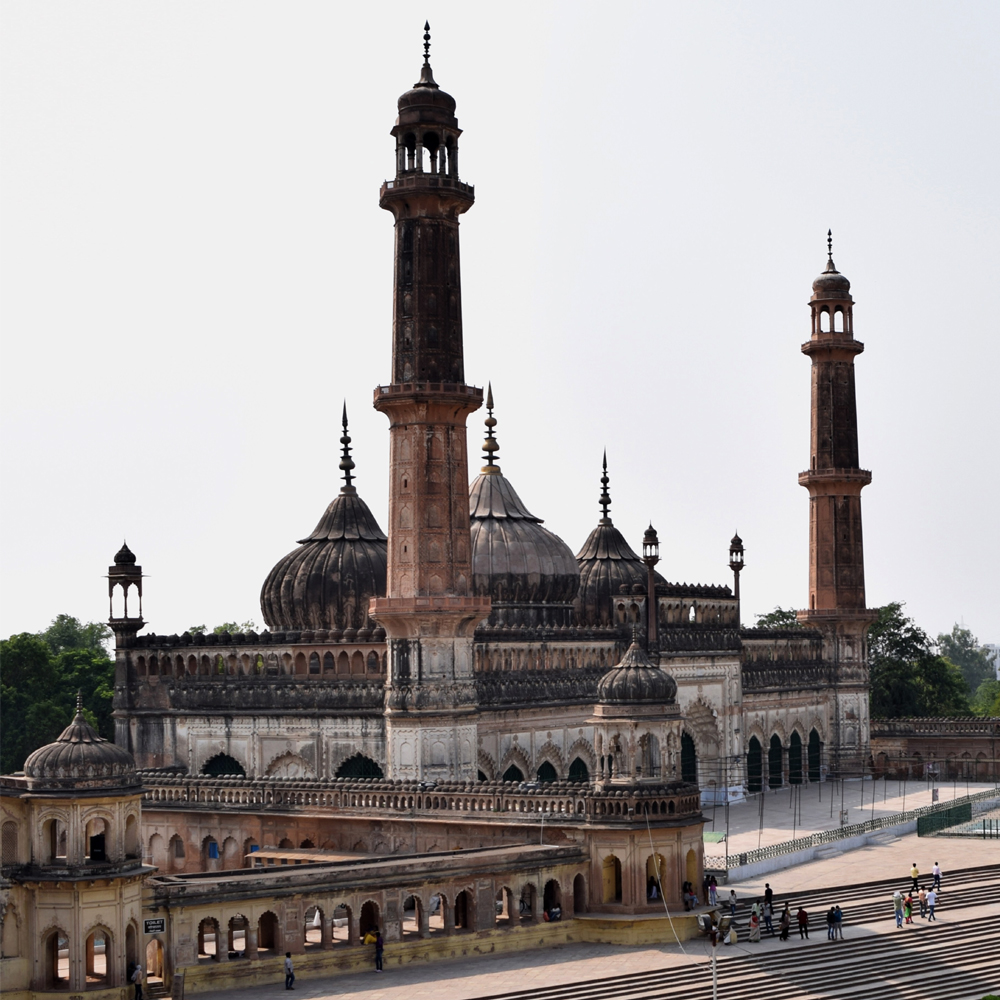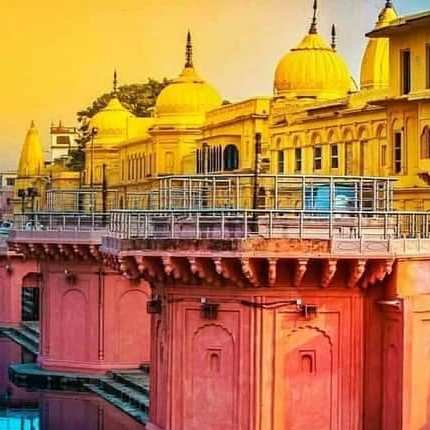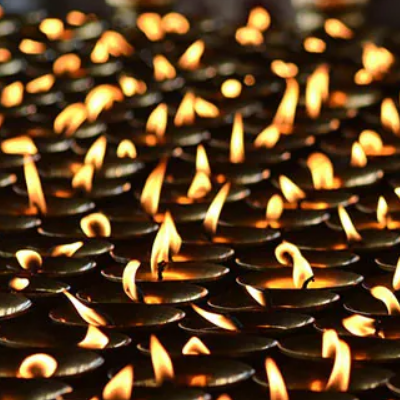It is not only that British took revenge for the uprising of 1857-58 exiling then ruler of Awadh, Wajid Ali Shah. But unfortunately the government of India too did not recognize any of the contributions of the Nawabs and the families that went against the British rule, how else does one explain the tragic story of Awadh Royalty dying a pauper in Malcha Mahal of Delhi located at the posh Sardar Patel Marg. The end of the last occupant Prince Ali Raza came on 2nd September 2017. His dead body was discovered by the guards of nearby Space Research Organisation on the floor near his wooden bed. With his death many questions remain unanswered and many allegations that the family faced from another Calcutta based royal Awadh family go undefended.

Begum Wilayat Mahal
It was 28th May 1985 when the Prince shifted with his mother, Begum Wilayat Mahal, said to be from the lineage of Nawab of Awadh, his sister Sakina, 11 dogs of Labrador and Doberman breed, and their servants. This after camping at the New Delhi’s railway station for nearly 10 years in demand of a palace befitting their royal status from the government of India. The place was controversial and believed to be haunted as no one knew much about it. A sign board was hung here reading “Entry restricted: Cautious of hound dogs. Proclamation: Intruders shall be gundown” made it all the more mysterious.
(To know a bit of background, it would be nice to read an old article by Vargis Khan: http://vargiskhan.com/log/ghosts-malcha-mahal/ )
Prince Ali Raza was only fifty eight years of age when he died on 2nd September 2017 battling unknown illness at the Malcha Mahal, the palace occupied by the family after it was allotted to them near the Space Research Organisation’s Earth station on Sardar Patel Marg in New Delhi. The dilapidated palace is actually an erstwhile 14th century hunting lodge of Feroz Shah Tughlaq also called Tughlaq Lodge.
In his last days Prince Ali was alone and would often take help of the Earth Station guards to buy grocery and milk. The guards knew that the Prince was not keep very well and on not hearing from the Prince, a few guards of Space Research Organisation entered the palace only to find him dead on the floor. No one turned up to claim the dead body, thus finally the Prince was laid to rest on 5th September at the graveyard on Bahadur Shah Zafar Marg by the local police.
“The family would mostly keep to themselves but welcomed few foreign guests who arrived in big cars. After the death of his sister and dogs a few years ago, the Prince was living a secluded life. We would see him going out riding his bicycle in the evening to fetch food and other essentials. No one dared to go near him without his permission,” said one of the officers posted at the Earth Station. A guard also added that the Prince always behaved like a true royalty but after falling ill he did interact a bit with guards to take their help.
The 14th century Malcha Mahal has an imposing structure but lacked basic amenities such as electricity and water. It is seriously strange how the family managed without any electricity or running water. The palace has about 5 arched chambers but all without any doors and windows, surely none of these chambers can be called rooms. Yet the family lived here with only a telephone connection in place. Prince would collect wood from the ridge to heat food and water and had a thermal bottle cooling box to keep drinks cool. Of course a radio and a tape recorder was found along with some crockery in his possession. Prince also read daily newspapers and a few English magazines.
An undated handwritten note by the Begum suggested that rainwater often seeped into the palace. “What is falling in Malcha Mahal Palace. Built by Emperor Feroz Shah. 13th century. Whose every inch of roof is ruptured flooding. All the rooms with rain water. Stones from the ceiling. Having no electricity and water. The vague assurance — declaration of the government of India,” the note reads.
What is discovered after the death of Prince Ali are the family belongings including old shoes, a typewriter, porcelain crockery, copper vessels, carpets, magazines, a corroded sword, a collection of family photographs, wads of visiting cards of foreign journalists and diplomats, copies of biography written by Princess Sakina Mahal and a collection of elegies and sonnets in Urdu penned by 19th century Awadhi poet Mir Baber Ali Anees.
The articles and documents may be of historical importance. The government must take over these things and also the structure. Though Malcha Mahal is not a protected monument in the list of Archeological Survey of India (ASI)
Before the family shifted to the Malcha Mahal, it was living at the platform no: 1 of New Delhi Railway Station and waited for an accommodation to be allotted that was acceptable to then and suited the ‘royal stature’ in lieu of their ancestral properties that were taken over by the British after Oudh was annexed in 1856.
The stay of the royal family at the railway station was questioned in the Indian parliament and it was after the intervention of the then prime minister, Mrs Indira Gandhi that Malcha Mahal or Tughlaq’s lodge was allotted to the family.
“The Mahal was out of bounds to visitors, which was protected with barbed wires all around and 12 big dogs. After years, servants left and dogs died,” writes R.V.Smith – a renowned writer.
The New York Times in 1981 reported that Begum was provided a small palace in Srinagar after Independence, arranged by then Prime Minister of India, Pandit Jawahar Lal Nehru on the request for ‘restitution of the Lucknow properties under advisement’. But she returned to New Delhi after the palace in Srinagar was burnt in fire in 1971.
“The Kashmir palace burned to the ground and the Begum says that arsonists were responsible. She hints that they were government agents and that religious and communal motives lay behind the attack. It was just after the fire that the begum brought her family and retinue to the train station to be able to better advance her cause by calling on ministers,” New York Times reported.
Wilayat Mahal was also being offered a house in Aliganj area of Lucknow in 1977, when this new colony was being developed (now a posh residential locality of Lucknow) but she refused the offer and rather preferred staying at Malcha Mahal, believing that this palace suited her royal status.
In December 1993 at the age of 62 Begum Wilayat Mahal committed suicide presumably by consuming diamonds. Later Prince Ali’s also died a few year ago, though no one knows her death date.
The entire story of Malcha Marg is mysterious and somehow the mystery is still unsolved. The story is a dark realty of royalty that went against the British and how they were even forlorn by our own governments later after independence.






